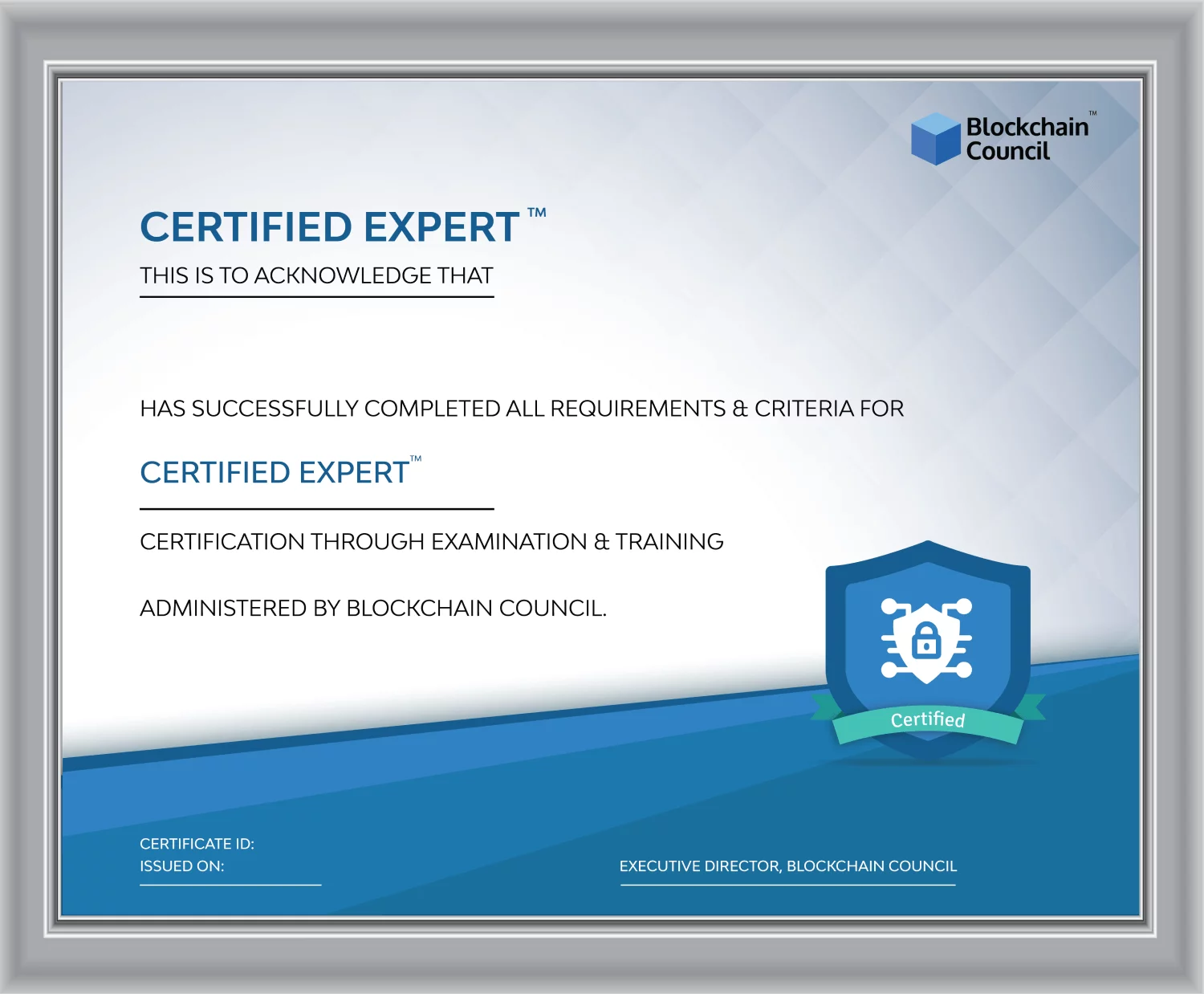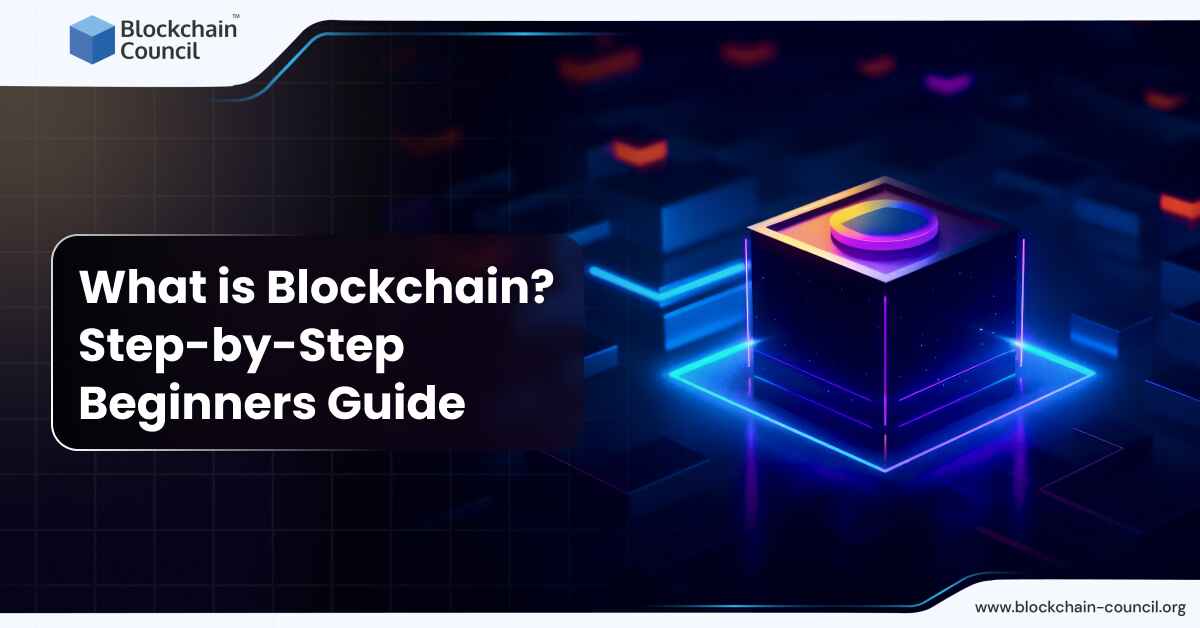
- Blockchain Council
- May 28, 2024
What is Blockchain?
Imagine a digital ledger that records transactions. But it is not stored in one central location. Instead, it’s spread out across a network of computers. This means that the information stored on the ledger is decentralized and can’t be controlled by any single entity. This decentralized digital ledger is known as Blockchain.
Blockchain Definition for Kids
Imagine you and your friends have a secret club. Now, you want to keep track of all the fun things you do together. You could use a regular notebook to write it all down, but what if one of your friends loses it or someone else finds it and changes what’s written? That’s where Blockchain comes in! It’s like a special notebook that you can all write in, but once something is written, it can’t be erased or changed. And, instead of keeping it in one place, it’s kept in many different places, so all your friends can see what’s written. It’s like a secret club diary that everyone can see and trust!
Blockchain for Beginners
A Blockchain is a distributed ledger. It records transactions on numerous computers all over the world. These are registered in a way that prevents further change of them. Blockchain development is the process of building a shared, immutable distributed ledger technology (DLT) that safely records transactions and tracks assets inside a network, whether those assets are actual, like money or real estate, or nonphysical, like copyrights.
Blockchain for Coders or Developers
A Blockchain is a distributed ledger. It records transactions on numerous computers all over the world. These are registered in a way that prevents further change of them. Blockchain development is the process of building a shared, immutable distributed ledger technology (DLT) that safely records transactions and tracks assets inside a network, whether those assets are actual, like money or real estate, or nonphysical, like copyrights.
Blockchain Technology
A Blockchain was initially imagined as the technology underlying Bitcoin (CRYPTO: BTC). Satoshi Nakamoto used digital cryptography to create an immutable ledger of transactions that links together data blocks to address the double-spending issue that is inherent with digital currency. Although Bitcoin and other cryptocurrencies may have been the first widely publicized use of Blockchain technology, they are currently by no means the only ones. In reality, practically every business is being transformed by Blockchain. Let’s look at some real-life use cases of Blockchain technology.
Blockchain Technology Use Cases
Supply Chain Management
Supply chains are becoming more transparent and traceable thanks to Blockchain technology. Walmart Canada, for instance, used Blockchain to develop an automated system for controlling payments to and invoices from its 70 third-party freight providers. The company currently uses a Blockchain-based system to track the origin of over 25 products from 5 different suppliers. This aids the business in ensuring food safety and enhancing client confidence..
Banking and Finance
Supply chains are becoming more transparent and traceable thanks to Blockchain technology. Walmart Canada, for instance, used Blockchain to develop an automated system for controlling payments to and invoices from its 70 third-party freight providers. The company currently uses a Blockchain-based system to track the origin of over 25 products from 5 different suppliers. This aids the business in ensuring food safety and enhancing client confidence.
Music Industry
Supply chains are becoming more transparent and traceable thanks to Blockchain technology. Walmart Canada, for instance, used Blockchain to develop an automated system for controlling payments to and invoices from its 70 third-party freight providers. The company currently uses a Blockchain-based system to track the origin of over 25 products from 5 different suppliers. This aids the business in ensuring food safety and enhancing client confidence.
Types of Blockchain
Public Blockchain
A distributed ledger system without restrictions, and permissions is known as a public Blockchain. It makes the system transparent and trustless by allowing anybody to join the network and validate transactions. Such Blockchains are primarily used for cryptocurrency exchange and mining. The Bitcoin Blockchain, the most well-known example of a public Blockchain, uses a proof-of-work consensus process to confirm transactions and add them to the Blockchain.
Consortium Blockchain
A private Blockchain that is owned and run by a number of different companies is referred to as a consortium Blockchain, sometimes known as a federated Blockchain. In this type, more than one organization is involved in providing access to pre-selected nodes for reading, writing, and auditing the Blockchain, or we might say that more than one central authority is in control. The creation of a consortium Blockchain aims to make it easier for a collection of complementary Blockchains to work together. A particular kind of semi-decentralized network is a consortium Blockchain. An example of a consortium Blockchain is IBM Food Trust.
Hybrid Blockchain
The term “hybrid Blockchain” is frequently used to describe a system that combines both public and private Blockchains. It combines key elements from both private and public Blockchains. Blockchain hybrid architecture is completely programmable. Members of the hybrid Blockchain can determine which transactions are made public and who is allowed to use the Blockchain. In such Blockchains, transactions can be made public for verification purposes but are often not made accessible to everyone. One of the initiatives that use both public and private Blockchains is XDC.
Blockchain Key Concepts & Components
Blockchain Components
Block: The basis of a Blockchain in Blockchain technology is a block. A collection of transactions that have been approved by the network are contained in each block. The data contained in a block is regarded as permanent and unchangeable once it is added to the Blockchain.
Node: The individual computers or gadgets that make up a Blockchain’s network are referred to as nodes. They are in charge of approving transactions, including new blocks, maintaining a copy of the Blockchain, and validating transactions.
Ledger: An electronic ledger is essentially an updated database that contains all transactions. It is made up of several blocks, each of which contains at least one transaction, and these blocks are connected by a chain employing cryptography. Three different ledger kinds exist. They are:
- Public ledger: It is accessible to everybody and transparent. In the Blockchain network, everything can be read or written by anyone.
- Distributed ledger: All nodes in a distributed ledger have a local copy of the database. Here, a number of nodes work together to complete the task, i.e., confirm transactions and add blocks to the Blockchain.
- Decentralized Ledger: No single node or group of nodes has central control in a decentralized ledger. Every node takes part in the job’s execution.
Wallet: A software program called a crypto wallet, often called a digital wallet or a cryptocurrency wallet, enables users to transmit, receive, and store digital currency. The Blockchain network’s nodes each have a wallet. Using public and private key pairs, a Blockchain network may maintain the privacy of a wallet.
Consensus Mechanism: A consensus method is a set of guidelines used to make sure that all nodes on the network concur on the Blockchain’s current state. It is an essential element that guarantees the Blockchain’s integrity and enables the network to agree on the ledger’s current state.
Cryptography: It is an essential part of Blockchain technology because it protects the confidentiality and integrity of transactions on the Blockchain. Cryptography has developed unbreakable encryption techniques by drawing on a foundation of mathematics, particularly probability theory, and knowledge of game theory.
Advantages & Disadvantages of Blockchain
Advantages
- Blockchain is decentralized, which means that no central authority controls it.
- Blockchain technology is extremely secure due to its use of cryptography.
- Transactions on the Blockchain are transparent to everyone on the network.
- Once data is recorded on the Blockchain, it cannot be altered.
- Blockchain technology can automate processes and reduce the need for intermediaries.
Disadvantages
- Blockchain is decentralized, which means that no central authority controls it.
- Blockchain technology is extremely secure due to its use of cryptography.
- Transactions on the Blockchain are transparent to everyone on the network.
- Once data is recorded on the Blockchain, it cannot be altered.
- Blockchain technology can automate processes and reduce the need for intermediaries.
Business & Services from Blockchain
Cryptocurrency & Banking
Although the worlds of banking and cryptocurrencies may appear to be very separate, there is an increasing overlap between the two. Banks are beginning to look into how to incorporate cryptocurrencies and Blockchain technology into their daily operations. Cryptocurrencies are anticipated to make it simple for people to access financial services, and in particular, to give unbanked or underbanked populations a way to conduct financial transactions. For instance, JPMorgan Chase, the biggest bank in the US, has created its own cryptocurrency, JPM Coin, which will be used for quick transaction settlement. Furthermore, Project Ubin is a Blockchain-based digital payment system that the Singaporean government and its central bank, the Monetary Authority of Singapore (MAS), have created.
Cryptocurrency vs. Blockchain
The terms Blockchain and cryptocurrency are frequently used interchangeably. Blockchain’s utility extends beyond digital currencies. As previously stated, Blockchain is the technology that enables cryptocurrency, but it also has numerous other potential applications. Cryptocurrency is digital money. Bitcoin, Ether, Litecoin, and Tether are a few examples. Cryptocurrency units are referred to as coins or tokens. A Blockchain is a distributed peer-to-peer database with strict data-addition rules. Each cryptocurrency is linked to a Blockchain, which serves as its open ledger. Blockchain is an essential component of cryptocurrencies. Finally, cryptocurrency has fueled the growth and development of Blockchain.
Supply Chain | Traditional Supply Chain vs. Blockchain-Based Supply Chain
Traditional supply chain management relies on a centralized system of record-keeping and trust. This frequently entails a complex web of intermediaries, each with its own records and processes. These one or more transactions are recorded on different blocks in a Blockchain-based supply chain. This means that all supply chain participants have access to the same information, resulting in a transparent and tamper-proof record of all transactions. In contrast to traditional supply chains, Blockchain-based supply chains will automatically update the data transaction records when a change is made, improving traceability across the entire supply chain network.
Digital Services | Traditional Digital Services vs. Blockchain-Based Digital Services
We entrust our sensitive information to centralized platforms and institutions in the traditional approach to digital services. To keep it safe, we must rely on their security protocols. As a result, there is a significant risk that all of our personal information and digital assets will be compromised at the same time. Meanwhile, Blockchain-based digital services, such as IBM Digital Platform, enable us to store and manage our personal data and digital assets in a decentralized ledger, distributing the information across a network of computers. This creates a more secure and private system by removing the possibility of a single point of failure and making it much more difficult for hackers to access our personal information.
Transport | Traditional Transport vs. Blockchain-Based Transport
To manage and track the movement of goods; the traditional transportation industry has traditionally relied on a complex web of intermediaries. Shipping companies, freight forwarders, customs brokers, and other logistics providers are frequently included. Each intermediary maintains its records and systems, which can result in inefficiencies and errors. Blockchain-based transportation, on the other hand, can help to improve the coordination of all operations and provide a transparent and secure way of doing business. Blockchain-based transportation uses a decentralized ledger to record and tracks the movement of goods in real time, improving transparency and efficiency, automating the process, and increasing security.
Gaming | Traditional Gaming vs. Blockchain-Based Gaming
The game developers control the game’s economy, assets, and rules in traditional gaming. Players have little control over their in-game assets and must rely on the developers to ensure the game’s security and fairness. On the other hand, blockchain-based gaming enables a decentralized system in which players have complete control over their in-game assets. These assets are stored on a Blockchain ledger and are owned by the players, not the developers. This means that players have complete ownership and control over their in-game assets, which they can transfer to other games or sell on marketplaces.
Advertisement | Traditional Advertisement vs. Blockchain-Based Advertisement
The traditional advertising industry has mostly relied on centralized platforms and intermediaries to function. Ad agencies, ad networks, and publishers are examples of intermediaries. They are in charge of targeting and delivering advertisements to consumers, as well as collecting and analyzing consumer data to improve ad targeting. The issue with this model is that it can be expensive for advertisers and raises concerns about data privacy and security. Blockchain-based advertising enables a decentralized system where advertisers can connect directly with consumers while keeping consumer data private and secure. In this model, consumers are incentivized to share their data with advertisers and are compensated for viewing ads.
Metaverse & NFT
The phrase “metaverse” refers to a virtual reality that is shared by millions of users and allows for virtual object and person interaction. Although the idea of the Metaverse has existed for some time, current developments in technology, particularly Blockchain, have brought it closer to reality.
Blockchain, however, may be used for more than merely exchanging digital assets. Additionally, it can be used to establish digital identities and grant safe access to online areas. As a result, the Metaverse can become more democratic and decentralized, giving people more power over their virtual property and the Metaverse’s economic system.
By offering a safe and transparent mechanism to manage digital assets like virtual property and non-fungible tokens, Blockchain technology has the potential to play a significant role in the Metaverse (NFTs). In the Metaverse, NFTs can be used to represent virtual property such as virtual real estate, art, and collectibles because they are unique digital assets that cannot be duplicated or replaced.
Virtual property and NFTs can be purchased, sold, and transferred in a transparent and secure manner without the use of middlemen by using Blockchain technology. Giving users more influence over their virtual assets and the Metaverse’s economy, this can contribute to the development of a more decentralized and democratic metaverse.
Decentraland, for example, is a virtual world built on the Ethereum Blockchain. It allows users to buy and sell virtual land, create and monetize their own content and experiences, and interact with one another. Similarly, Rarible is an NFT marketplace where users can buy, sell, and trade unique digital assets like art, music, and collectibles.
How To Build a Blockchain?
Building a Blockchain requires an in-depth understanding of the programming languages & libraries required to develop protocols and smart contracts. Some languages like python, js, and node are prerequisites to becoming a full-stack Blockchain developer before starting any course or certification in the market. Blockchain Council courses cover all of that for beginners. For instance, Check this python code for creating a basic Blockchain:
import hashlib
import json
class Block:
def __init__(self, index, timestamp, data, previous_hash):
self.index = index
self.timestamp = timestamp
self.data = data
self.previous_hash = previous_hash
self.hash = self.hash_block()
def hash_block(self):
sha = hashlib.sha256()
sha.update(str(self.index) +
str(self.timestamp) +
str(self.data) +
str(self.previous_hash))
return sha.hexdigest()
class Blockchain:
def __init__(self):
self.chain = [self.create_genesis_block()]
def create_genesis_block(self):
return Block(0, “01/01/2018”, “Genesis Block”, “0”)
def get_latest_block(self):
return self.chain[-1]
def add_block(self, new_block):
new_block.previous_hash = self.get_latest_block().hash
new_block.hash = new_block.hash_block()
self.chain.append(new_block)
def is_chain_valid(self):
for i in range(1, len(self.chain)):
current_block = self.chain[i]
previous_block = self.chain[i-1]
if current_block.hash != current_block.hash_block():
return False
if current_block.previous_hash != previous_block.hash:
return False
return True
blockchain = Blockchain()
blockchain.add_block(Block(1, “20/07/2022”, { “amount”: 4 }))
blockchain.add_block(Block(2, “20/07/2022”, { “amount”: 8 }))
print(json.dumps(blockchain.__dict__, indent=4))
print(“Is blockchain valid? ” + str(blockchain.is_chain_valid()))
Also, check this code for creating a DAO (Decentralized Autonomous Organization) on Solidity:
pragma solidity ^0.8.0;
contract DAO {
address public owner;
mapping(address => bool) public members;
event MemberAdded(address member);
event MemberRemoved(address member);
constructor() public {
owner = msg.sender;
}
function addMember(address member) public {
require(msg.sender == owner, “Only owner can add members.”);
members[member] = true;
emit MemberAdded(member);
}
function removeMember(address member) public {
require(msg.sender == owner, “Only owner can remove members.”);
delete members[member];
emit MemberRemoved(member);
}
function isMember(address member) public view returns (bool) {
return members[member];
}
}
These codes are just for understanding how different creating a smart contract on Solidity is from other famous programming language. Blockchain Council’s Interactive-Live Training help you understand and develop these skills with live trainers & provides networking opportunities with like-minded people.
History of Blockchain
W. Scott Stornetta and Stuart Haber, two research experts, made the first public disclosure of Blockchain technology. In 1991, they started working on a cryptographically secure chain of blocks that would prevent tampering with document timestamps. The system was modified in 1992 to include Merkle trees, which increased performance and allowed for the accumulation of more documents on a single block.
In order to establish a “secured chain of blocks,” Merkle Trees are utilized. It kept a number of data records, each of which was linked to the one before it. This chain’s most recent record includes the chain’s history. The patent for this technology expired in 2004 since it was never used.
Reusable Proof of Work, a cryptocurrency mechanism, was introduced by crypto campaigner Hal Finney in 2004. This action changed the course of Blockchain technology and cryptography as a whole. By maintaining token ownership registered on a reliable server, this system aids others in solving the Double Spending Problem.
Additionally, Satoshi Nakamoto developed the principle of distributed Blockchains in 2008. He makes a special improvement to the design that makes it possible to add blocks to the initial chain without needing them to be signed by reliable parties. The updated trees would include a safe record of data transfers. In 2009, Satoshi Nakamoto published the first whitepaper on the subject. He explained in the whitepaper how the decentralized feature of the technology meant that nobody would ever be in charge of anything and that it was, therefore, well suited to enhancing digital trust.
Blockchain Future
The Blockchain industry will be worth $163.83 billion by 2029. It is expected to come with a compound annual growth rate of 56.3%. So we can say the future of Blockchain is looking pretty exciting! With the technology still in its early stages, there are a lot of possibilities for where it could go.
Future Possibilities
Bitcoin and other cryptocurrencies are inextricably linked to Blockchain technology. Cryptocurrency alone will not be enough to propel Blockchain to its full potential. Blockchain, in addition to providing a foundation for immutable ledgers, has several marketable career opportunities. Any industry or organization that is involved in the recording and oversight of any type of transaction stands to benefit from shifting its operations to a Blockchain-based platform.
Cloud Storage
John McAfee was a British-American programmer and businessman. He is best known for developing McAfee Anti-virus, the first commercial anti-virus software. McAfee eventually sold his stake in McAfee’s anti-virus firm to pursue a variety of other business ventures, including cryptocurrency.
Digital Identity
John McAfee was a British-American programmer and businessman. He is best known for developing McAfee Anti-virus, the first commercial anti-virus software. McAfee eventually sold his stake in McAfee’s anti-virus firm to pursue a variety of other business ventures, including cryptocurrency.
Small Enterprises
John McAfee was a British-American programmer and businessman. He is best known for developing McAfee Anti-virus, the first commercial anti-virus software. McAfee eventually sold his stake in McAfee’s anti-virus firm to pursue a variety of other business ventures, including cryptocurrency.
Famous Personalities in Blockchain
John McAfee
John McAfee was a British-American programmer and businessman. He is best known for developing McAfee Anti-virus, the first commercial anti-virus software. McAfee eventually sold his stake in McAfee’s anti-virus firm to pursue a variety of other business ventures, including cryptocurrency.
Vitalik Buterin
Vitalik Buterin is the co-founder of Ethereum, one of the world’s most valuable crypto assets. He is also one of the world’s youngest cryptocurrency billionaires. He has played an important role in the growth of the crypto community. He also founded Bitcoin Magazine, which is regarded as one of the most established and oldest sources of news about bitcoin and Blockchain technology.
Toshendra Sharma
Toshendra Sharma is one of India’s first Blockchain entrepreneurs who began working with Blockchain technology. Tosh Innovations, also known as Blockchain Council, was founded by him in 2017. The Blockchain Council brings together global Blockchain experts to provide online educational certifications in Blockchain and other deep tech fields. The two most successful certifications provided by Blockchain Council are Certified Blockchain Expert and Certified Blockchain Developer.
Jobs & Salary in Blockchain
Blockchain is still in its infancy and has a lot of room for growth in the coming years; because the trend is still relatively unknown, there will be less competition in terms of job opportunities.
| JOBS | AVERAGE SALARY |
| Software Engineer | $95,195 |
| Senior Software Engineer | $136,598 |
| Software Developer | $115,000 |
| Principal Architect | $157,054 |
| Management Consultant | $197,256 |
| Project Leader, IT | $50,875 |
| Sr. Software Engineer / Developer / Programmer | $150,000 |
| Information Technology (IT) Consultant | $108,653 |
| Lead Software Engineer | $105,000 |
| Software Engineer / Developer / Programmer | $115,000 |
| Front End Developer / Engineer | $81,577 |
| Staff Engineer | $174,279 |
| Principal Software Engineer | $147,421 |
| Assistant Professor, Postsecondary / Higher Education | $122,500 |
| Technical Architect | $96,470 |
| Senior Product Manager | $150,000 |
| Senior Network Analyst | $72,000 |
| Research Engineer | $81,000 |
| Research & Development (R&D) Director | $150,000 |
| Solutions Architect | $90,000 |
| Software Architect | $85,000 |
| Application Developer | $111,919 |
| Product Marketing Director | $165,000 |
| Technical Support Engineer | $120,000 |
| Online Community Manager | $89,500 |
| Lead Software Development Engineer (SDE) | $160,000 |
| Lead Business Analyst | $120,000 |
| Junior Software Developer | $50,000 |
| Information Technology (IT) Architect | $124,918 |
| Information Security Analyst | $135,000 |
| Full Stack Software Developer | $110,000 |
| Executive Director | $250,000 |
| Content Writer | $60,000 |
| Chief Technology Officer (CTO) | $120,000 |
| Business Solution Consultant | $115,000 |
| Attorney / Lawyer | $60,000 |
| Professor, Postsecondary / Higher Education | $175,000 |
| Treasury Manager | $151,800 |
Conclusion
Since its inception in 2008, Blockchain technology has come a long way. It has evolved from a simple solution for digital currency transactions to a powerful tool with the potential to disrupt industries and change the way we live, work, and conduct business. However, the journey is still ongoing as we continue to test the limits of what Blockchain can do. The potential of this technology is limitless, from improving supply chain management to revolutionizing the way we think about digital identity. Overall, Blockchain technology is a game-changer that has the potential to shape the future in ways we can’t even imagine. It’s an exciting time to be a part of this emerging industry, and we can’t wait to see what the future holds for Blockchain.

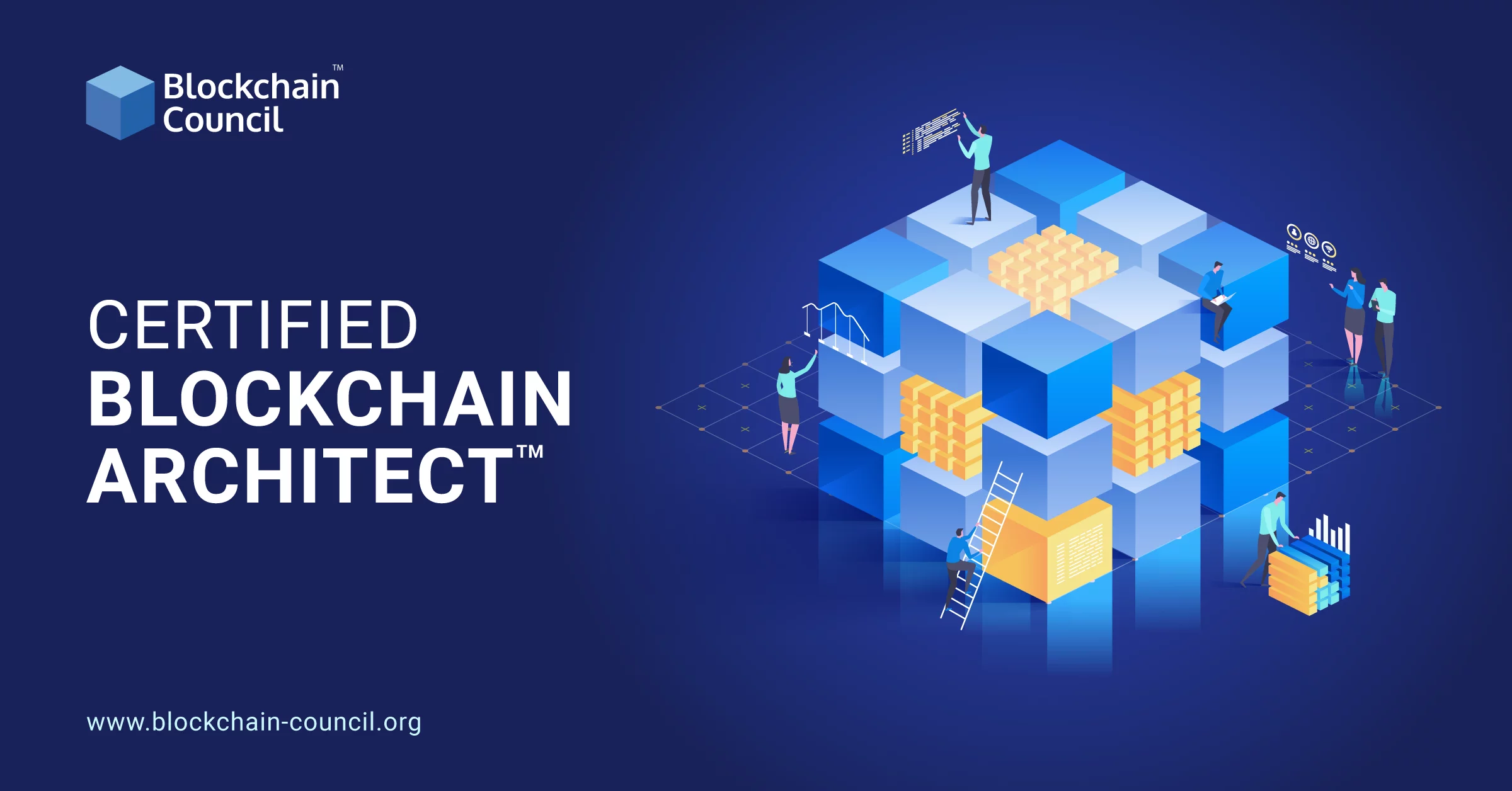
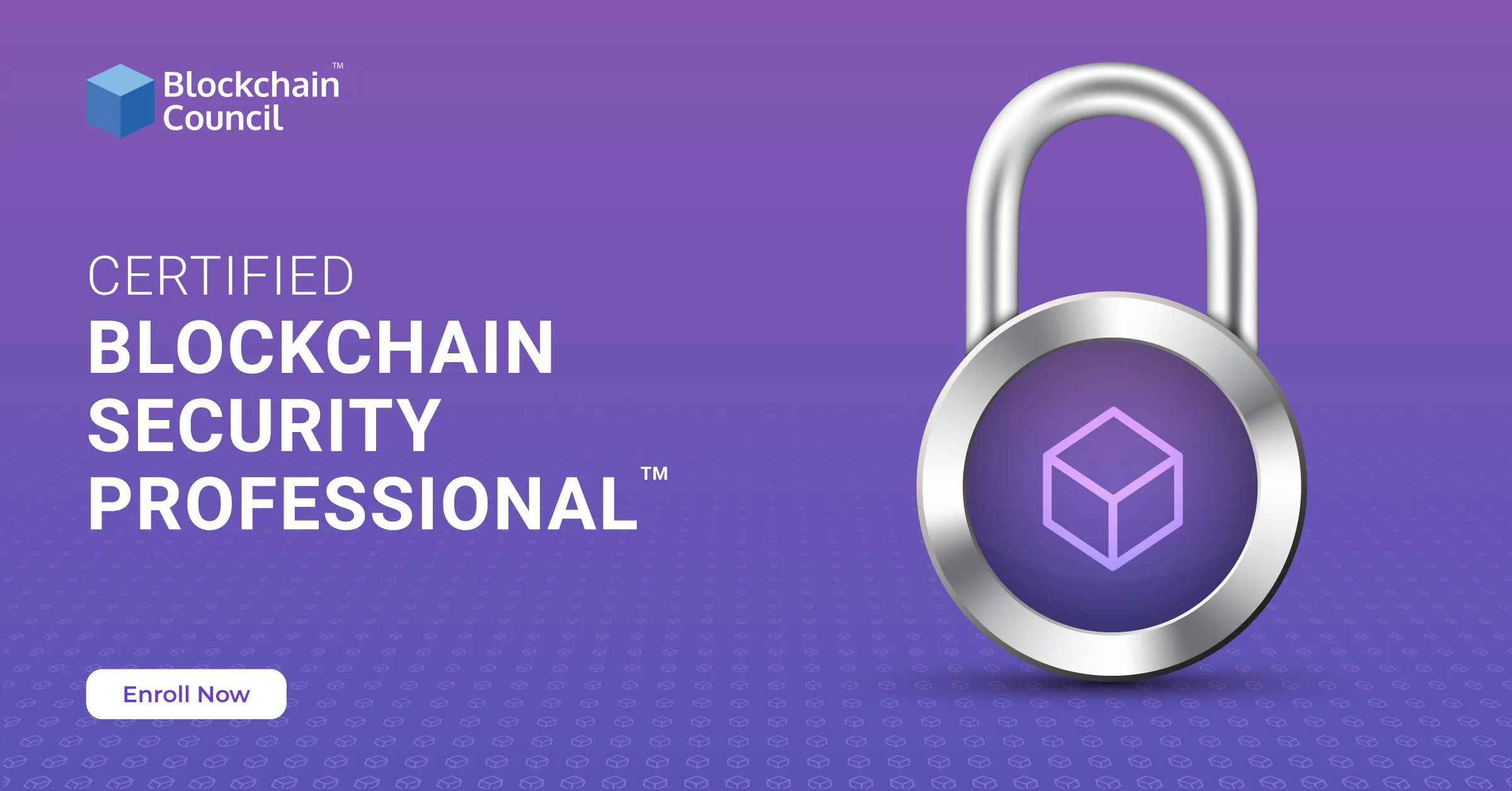
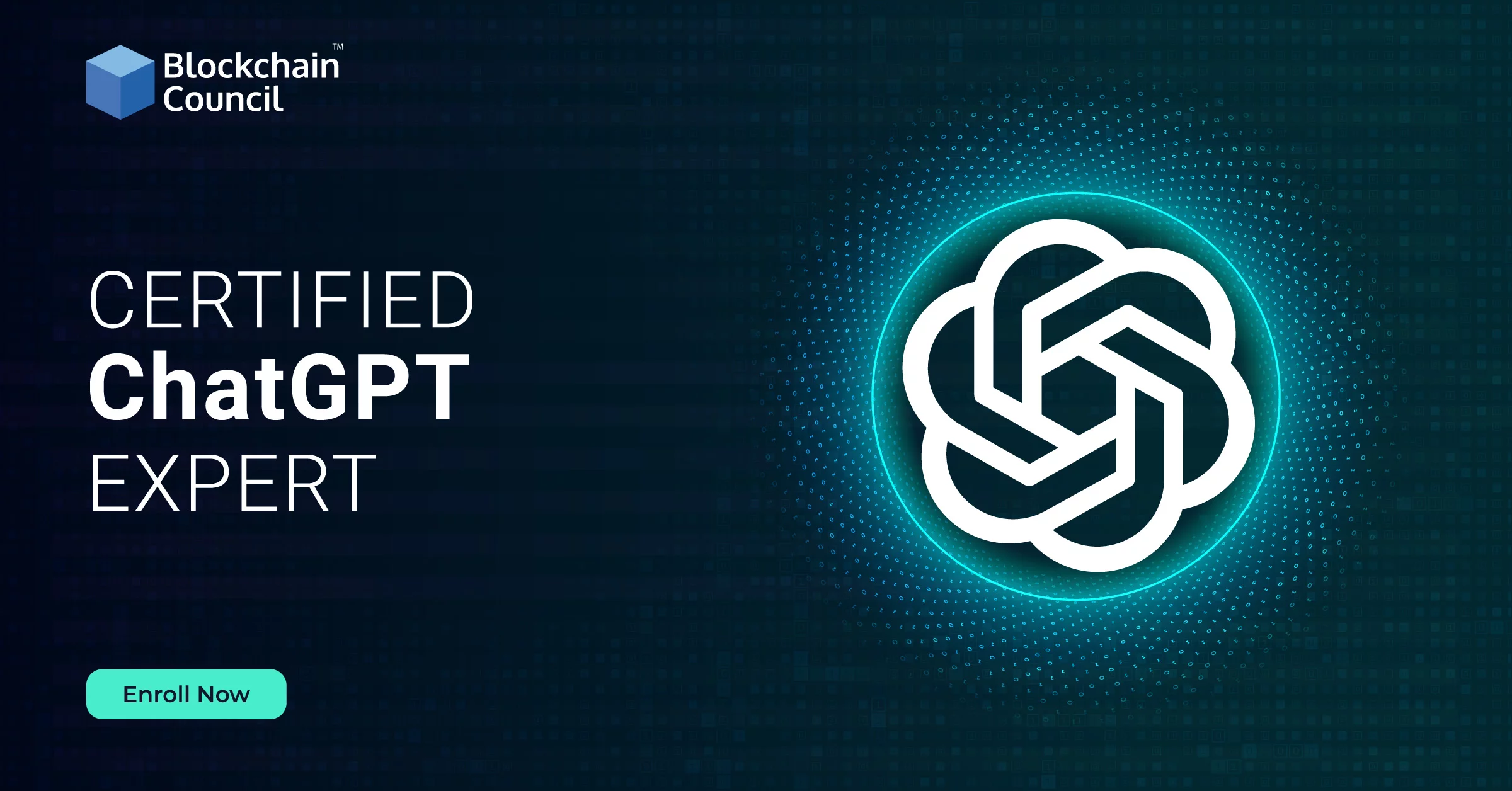
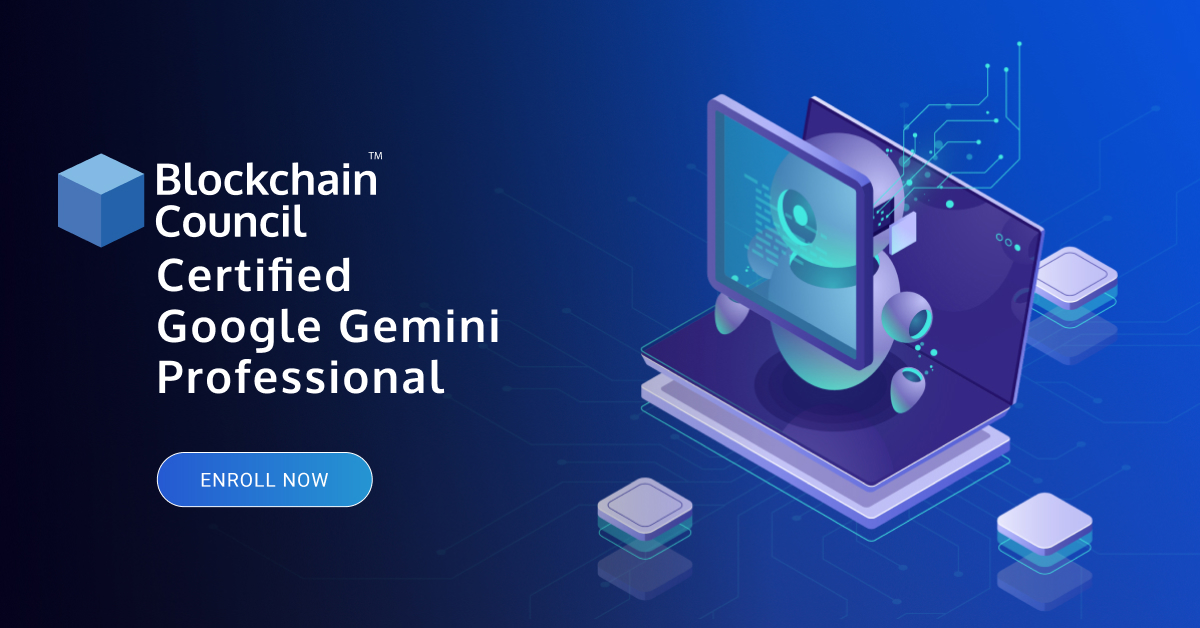
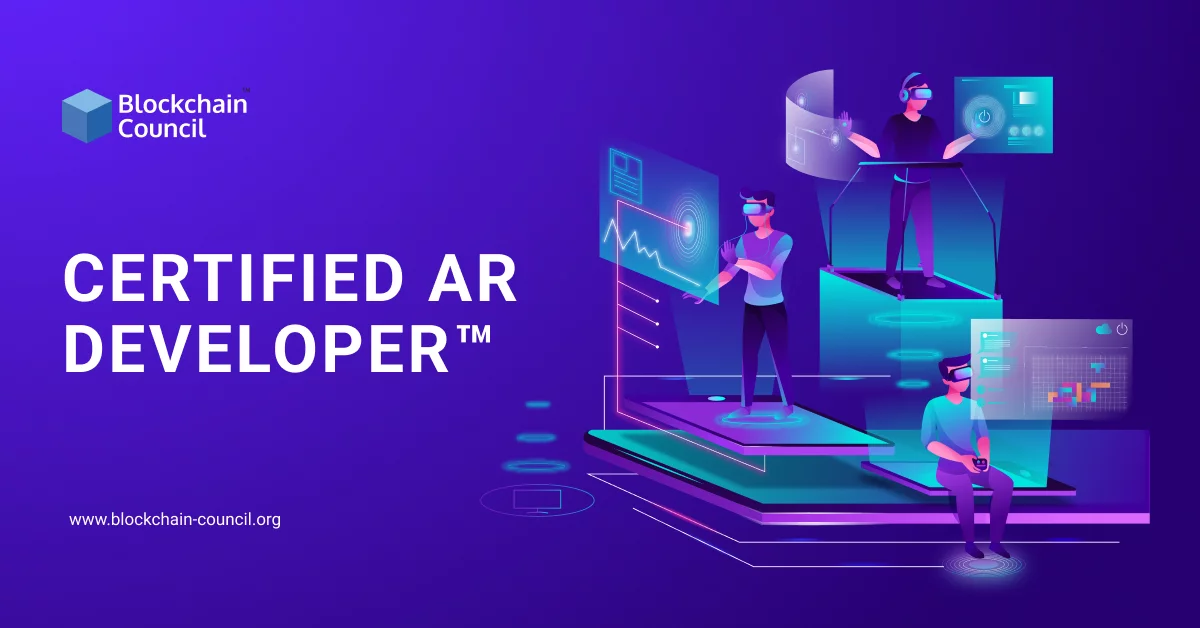
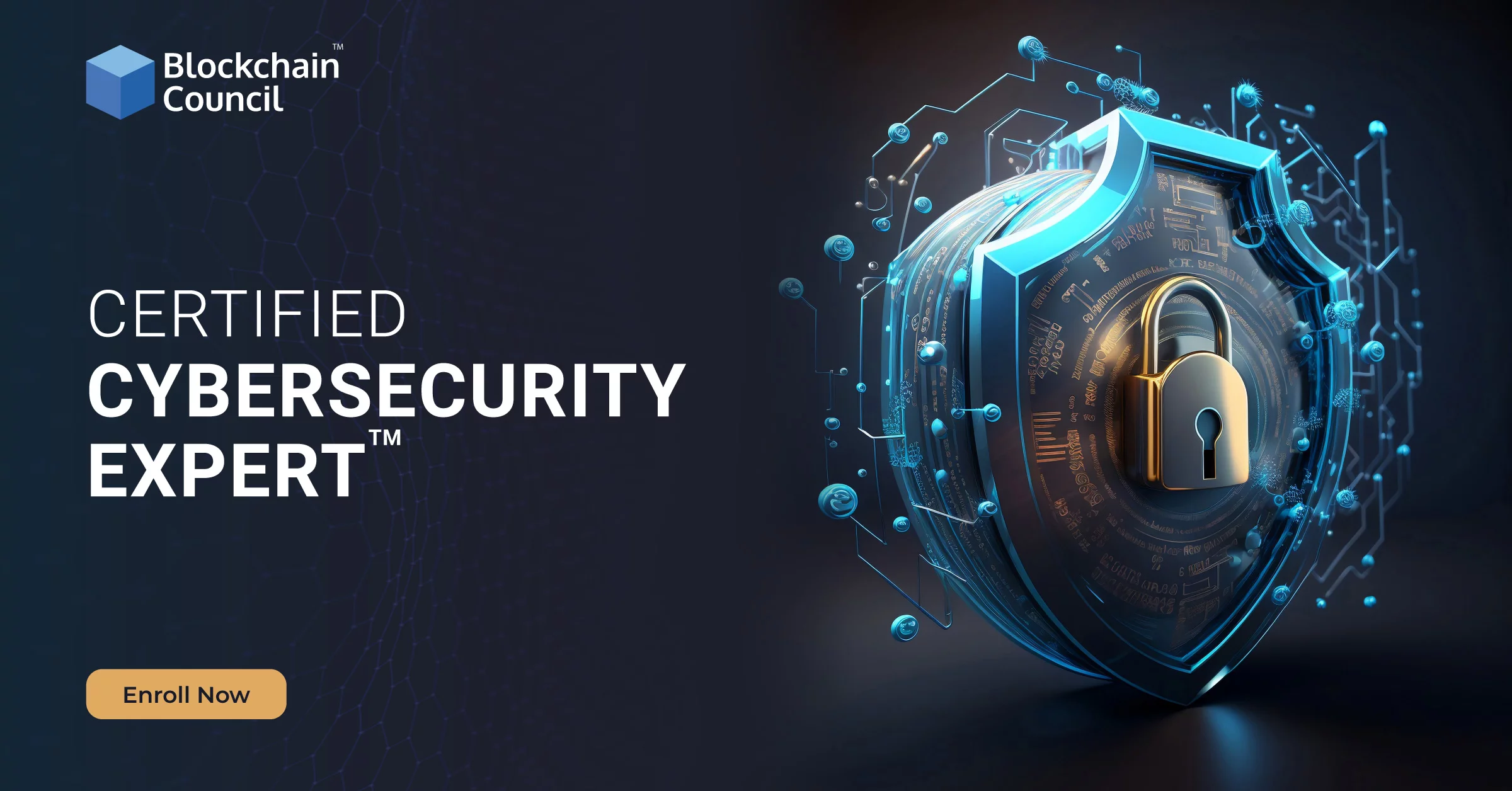
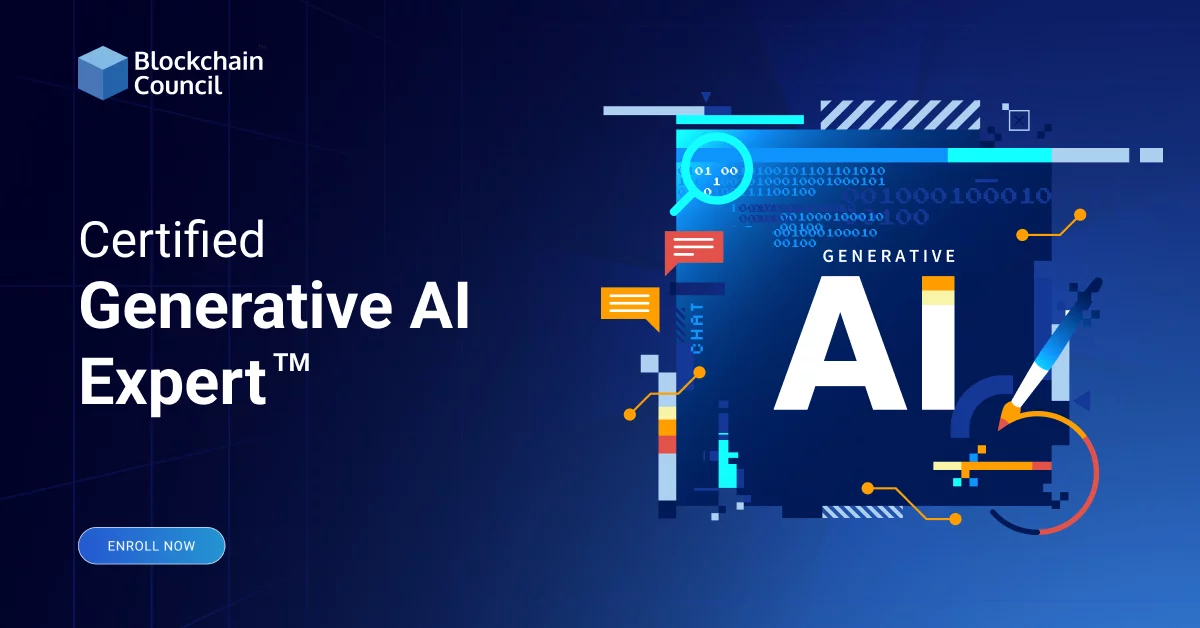
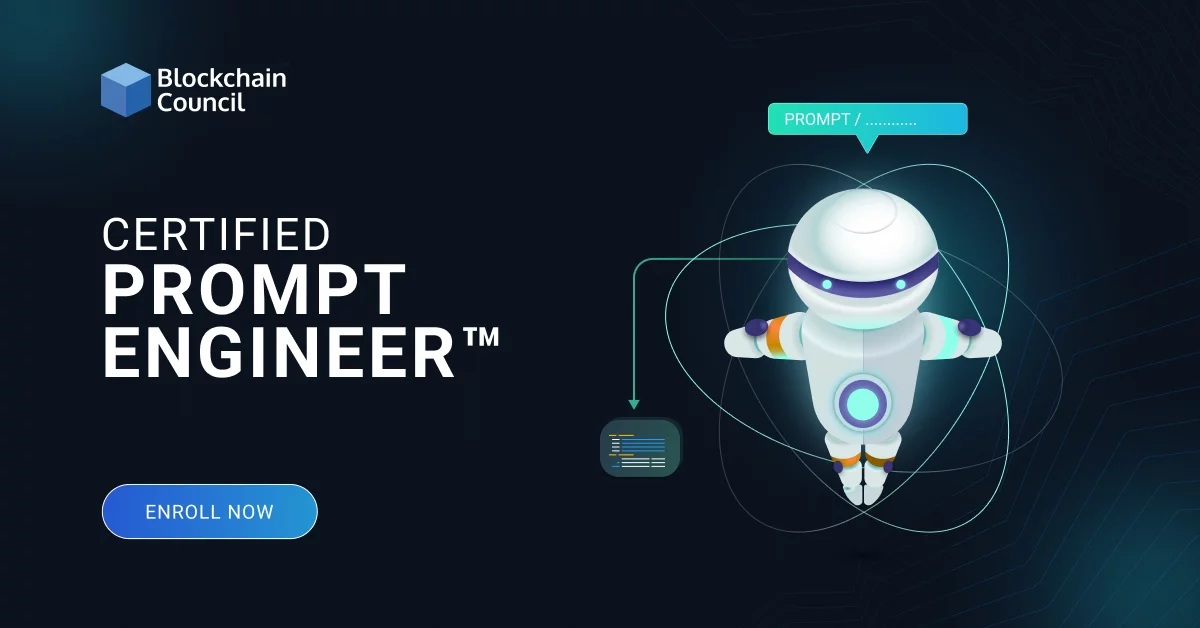

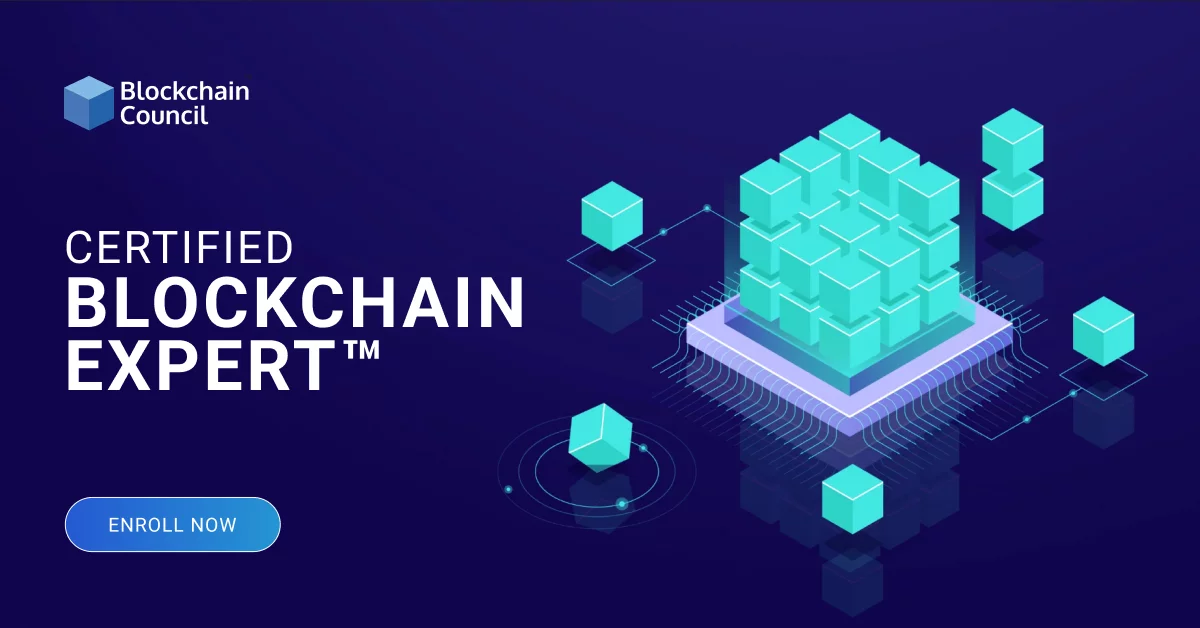
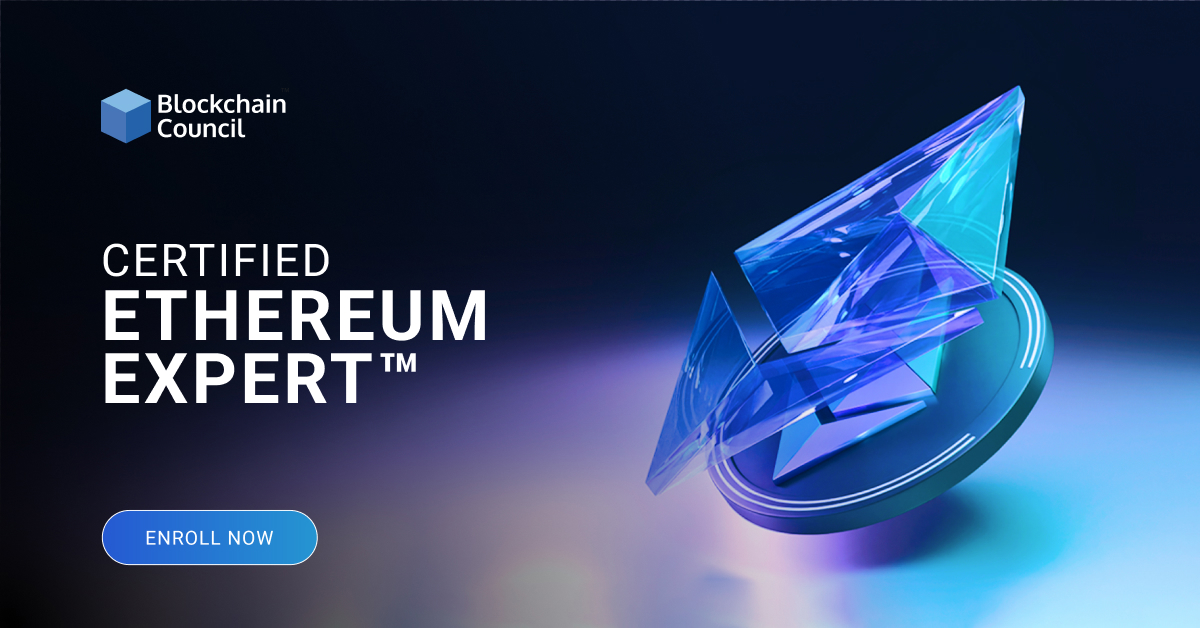
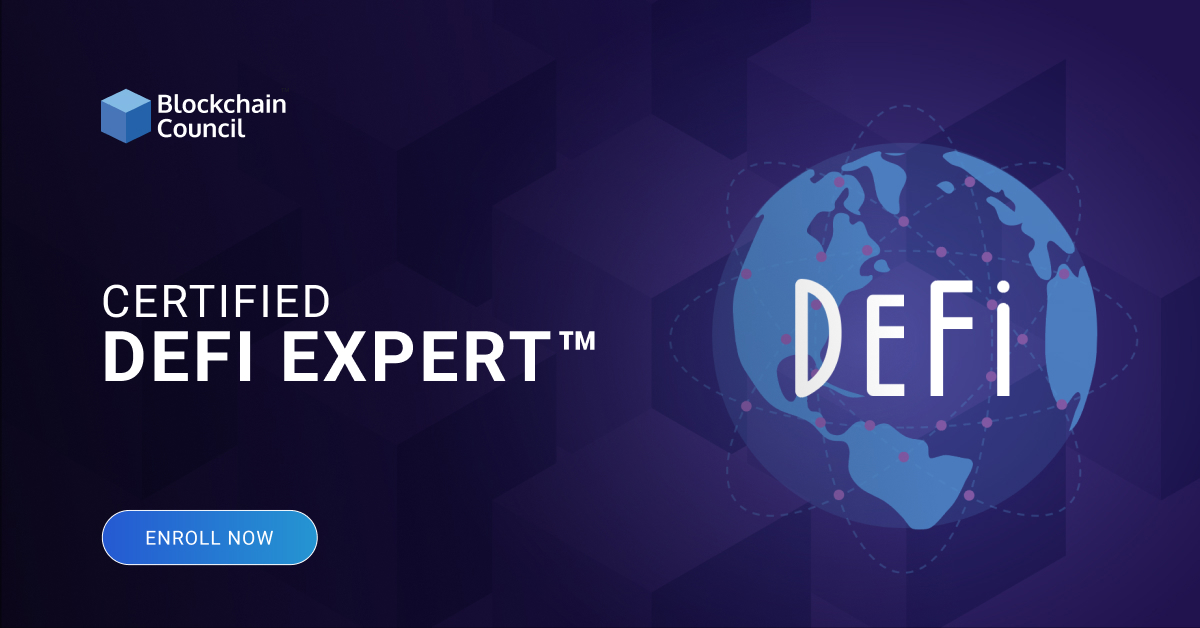


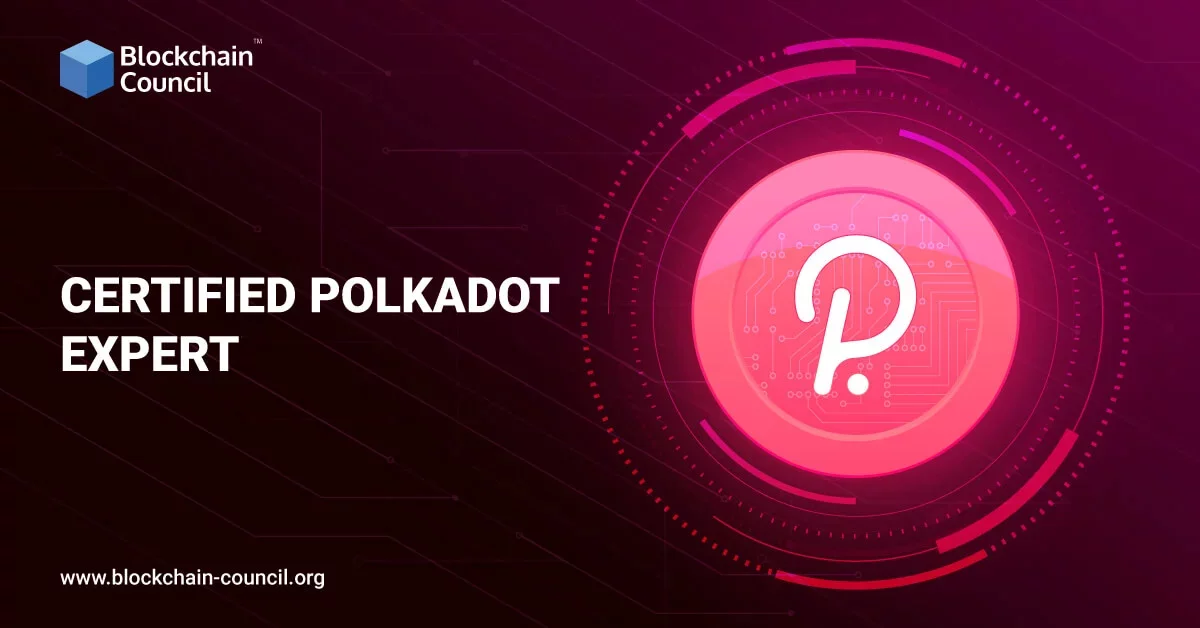
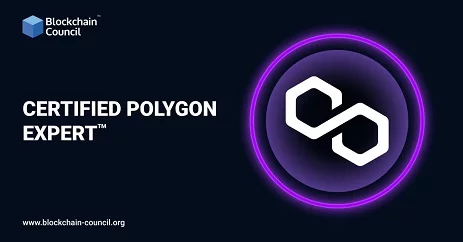
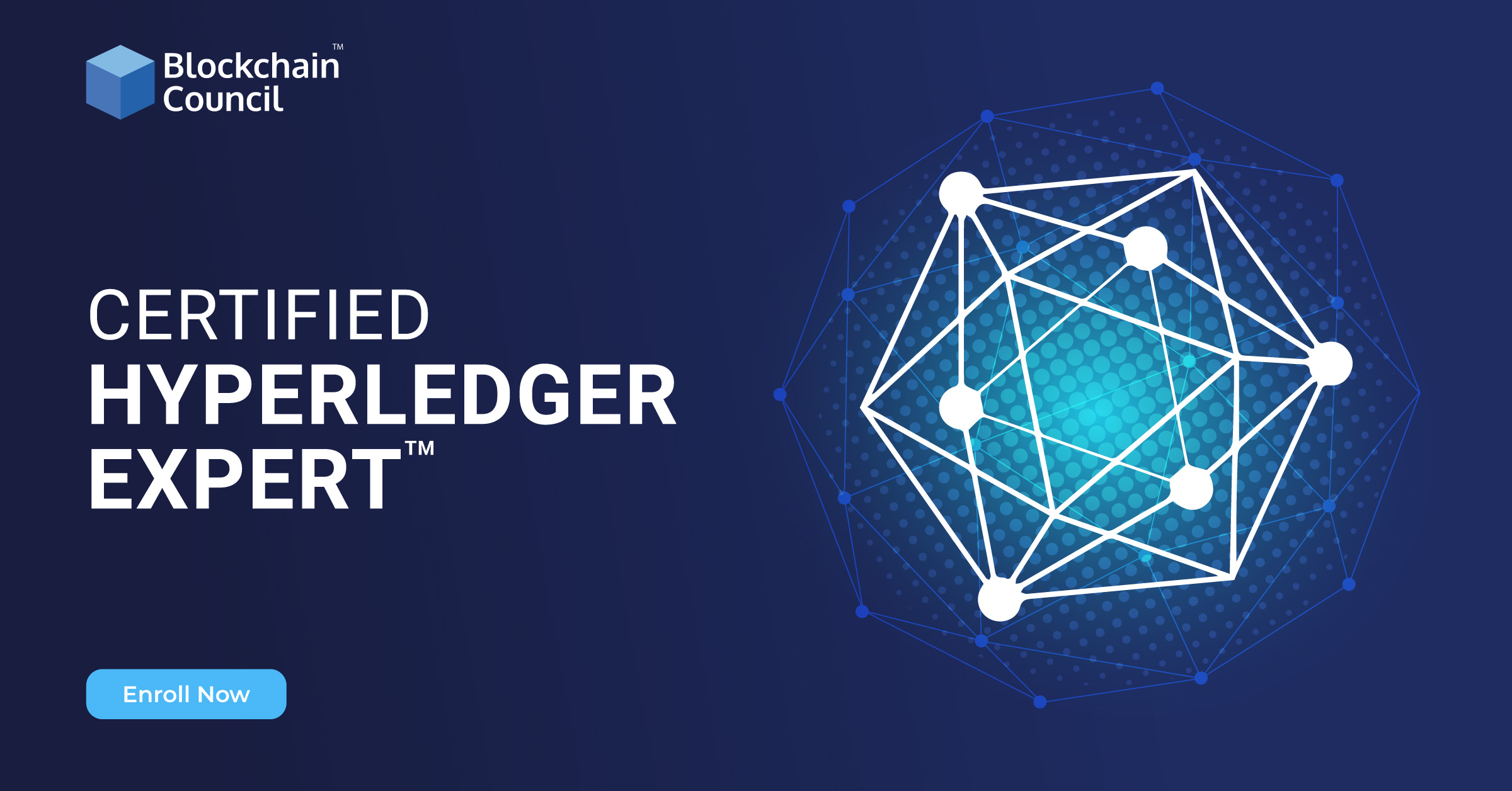

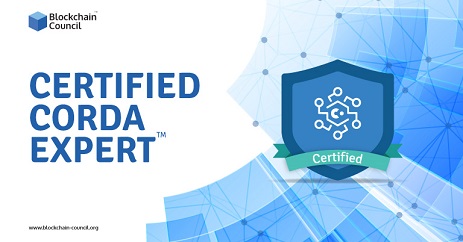

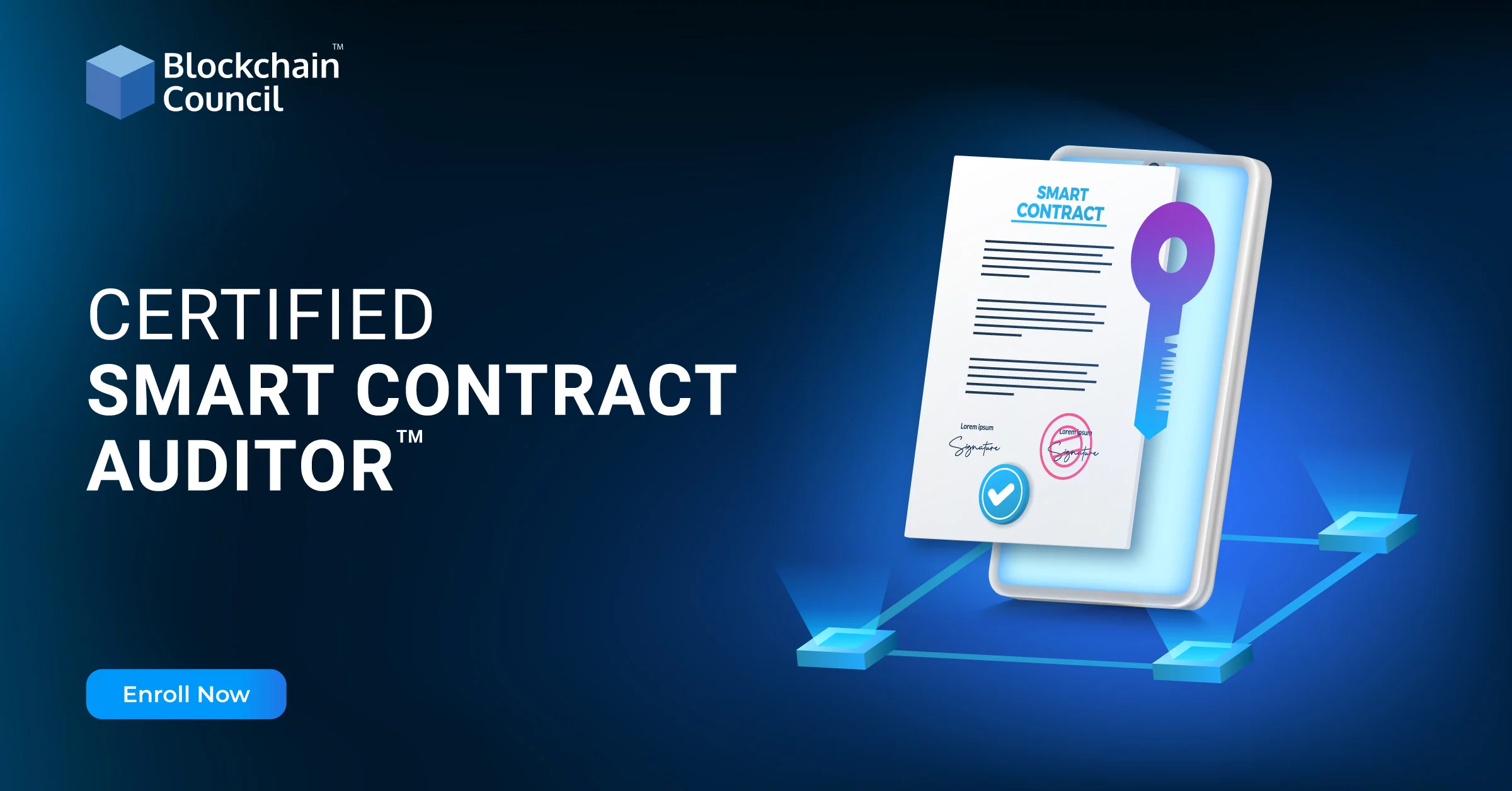
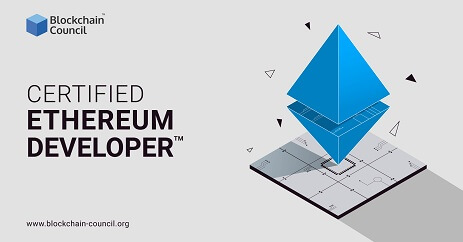
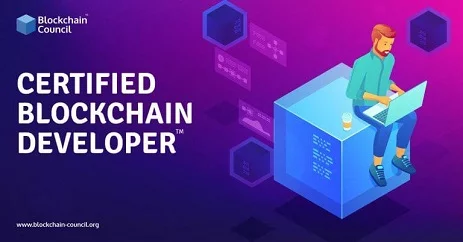
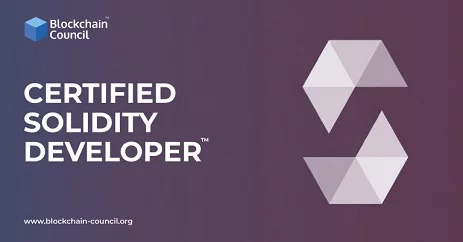
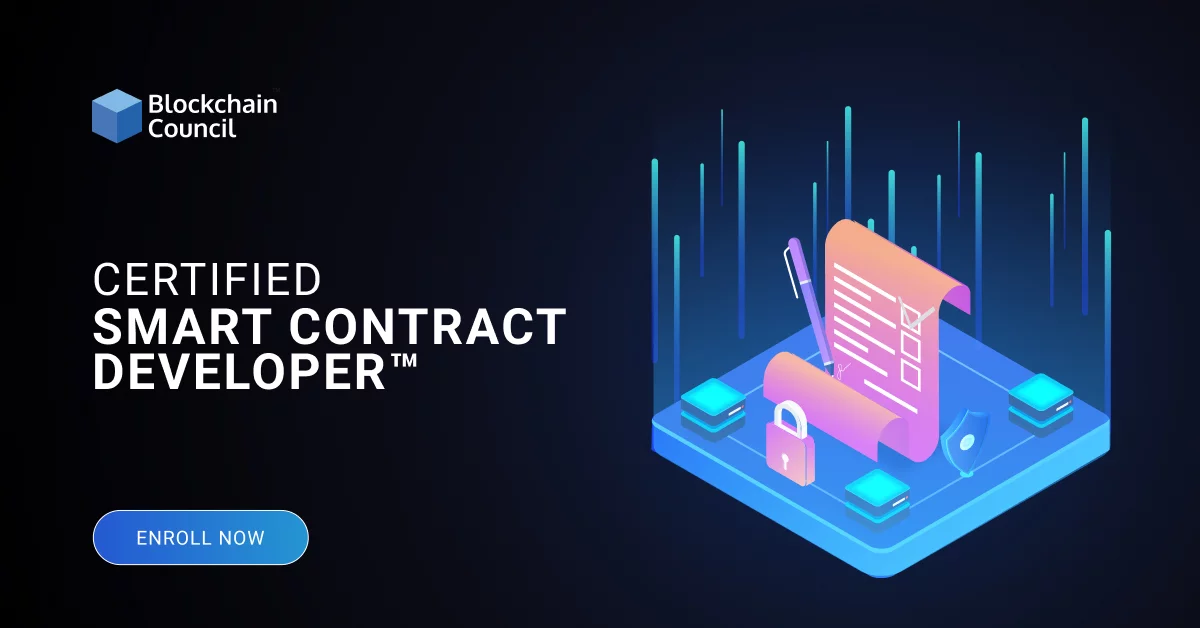
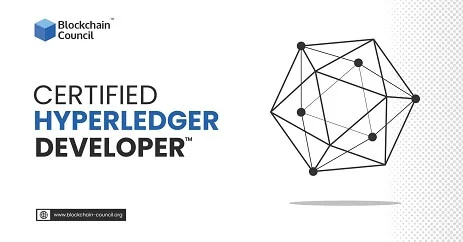
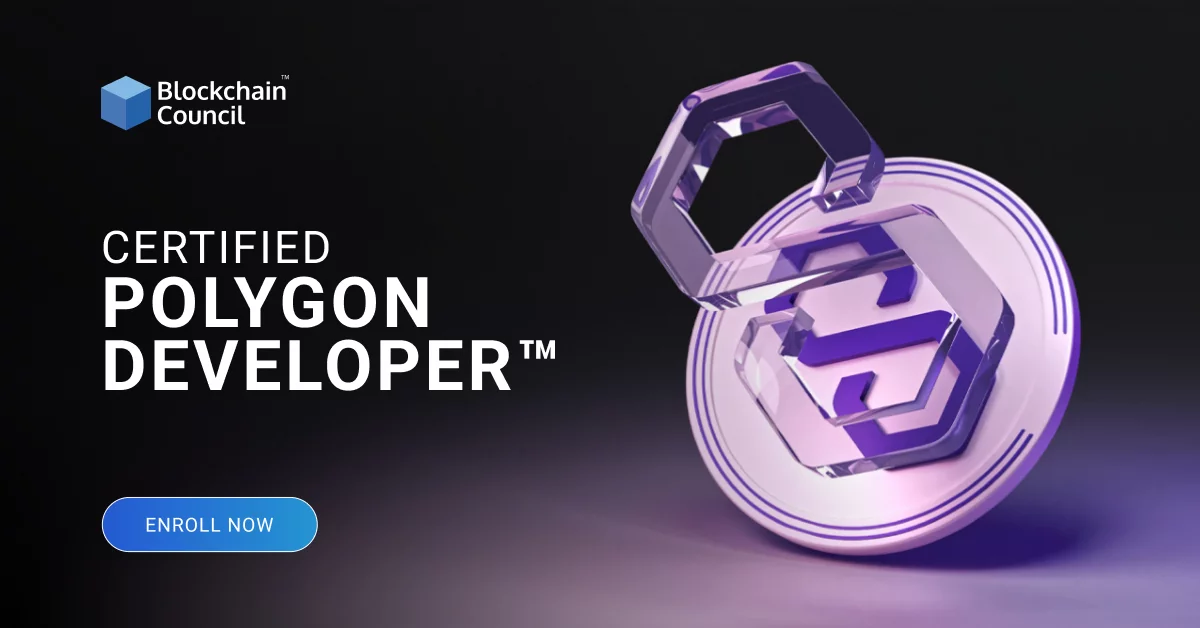
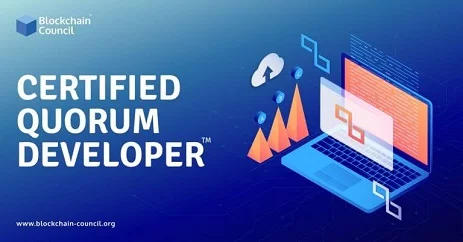
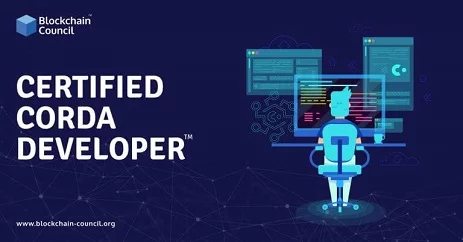
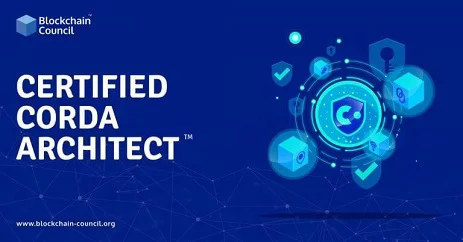
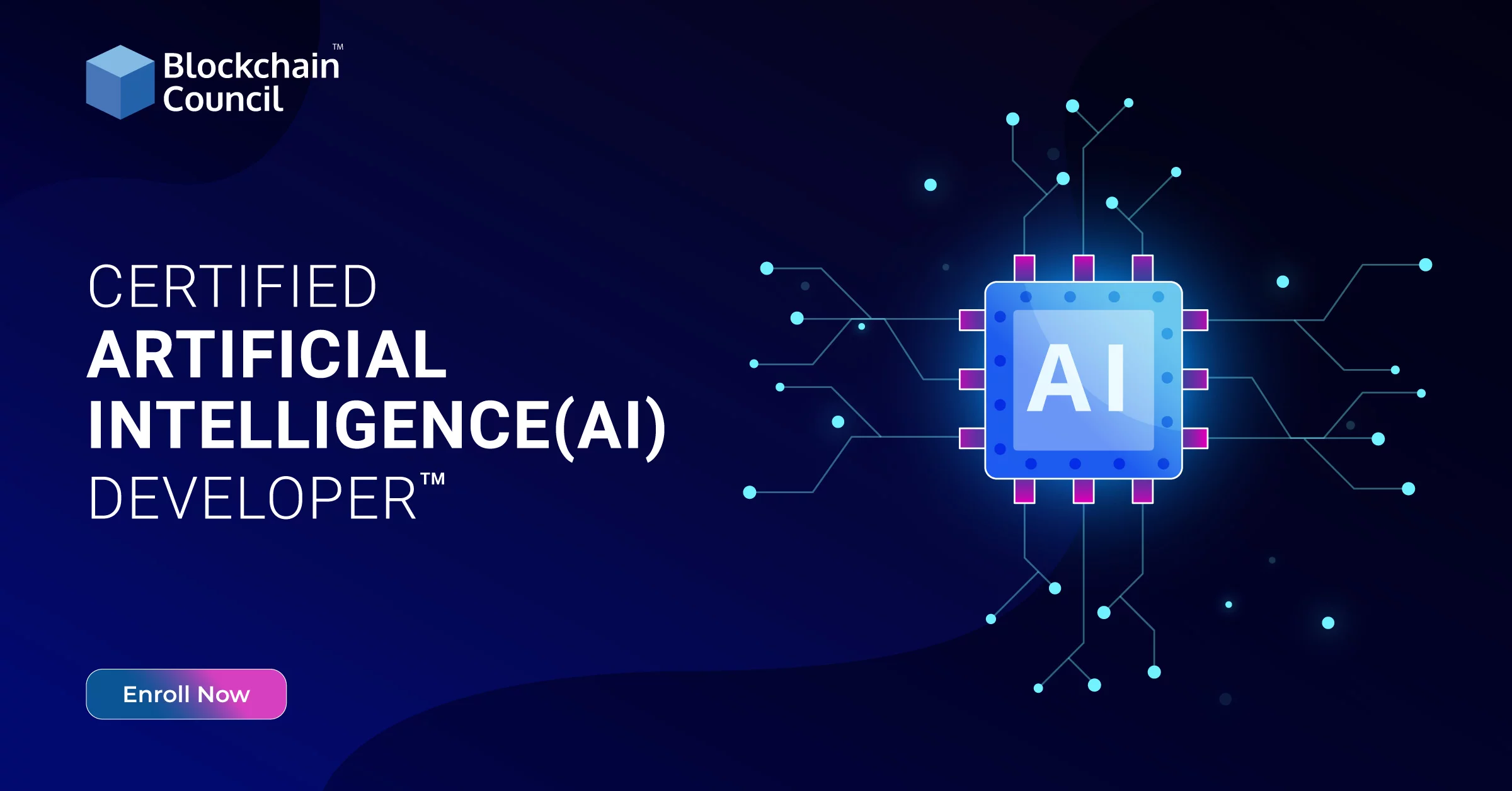



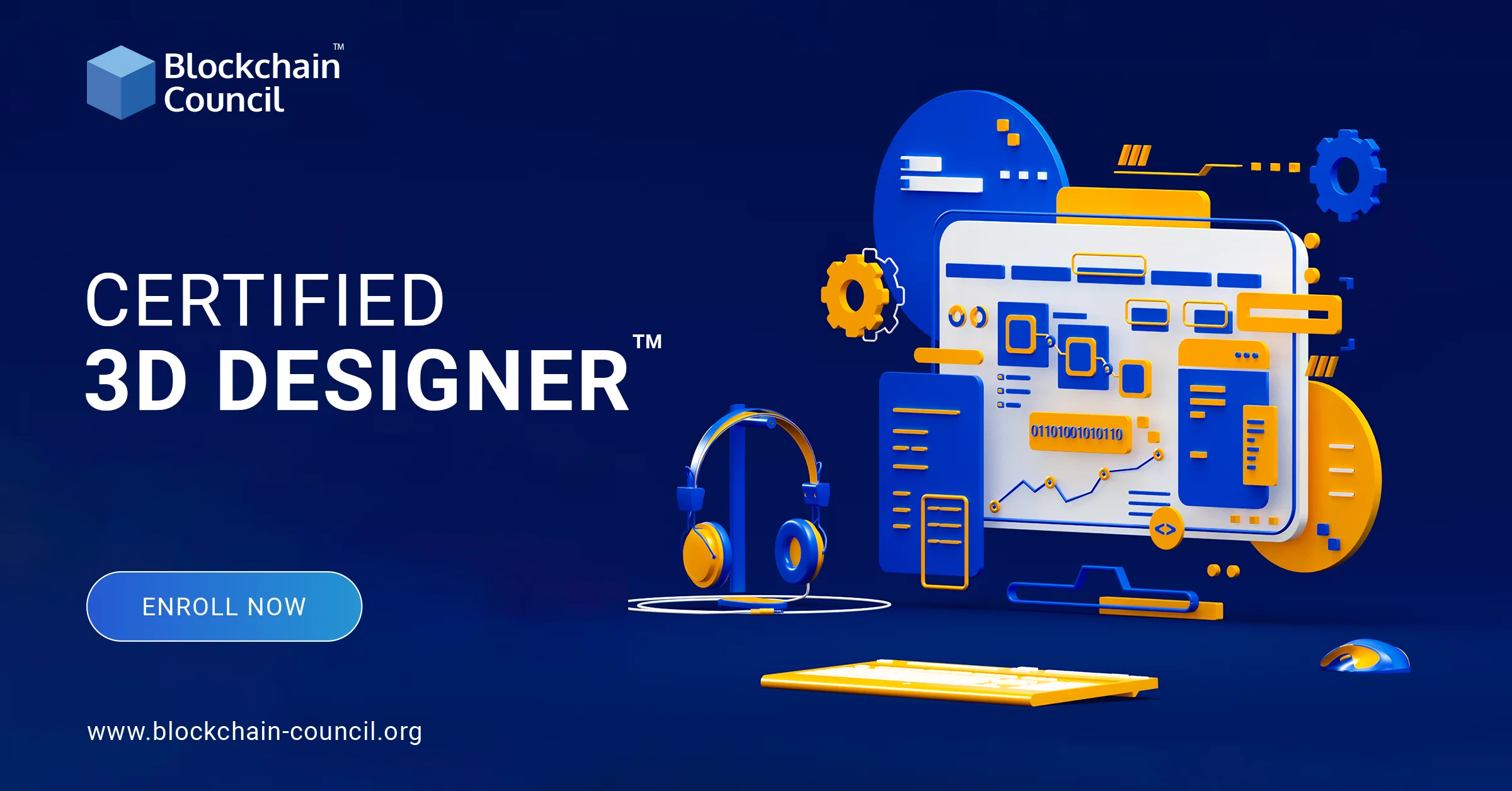

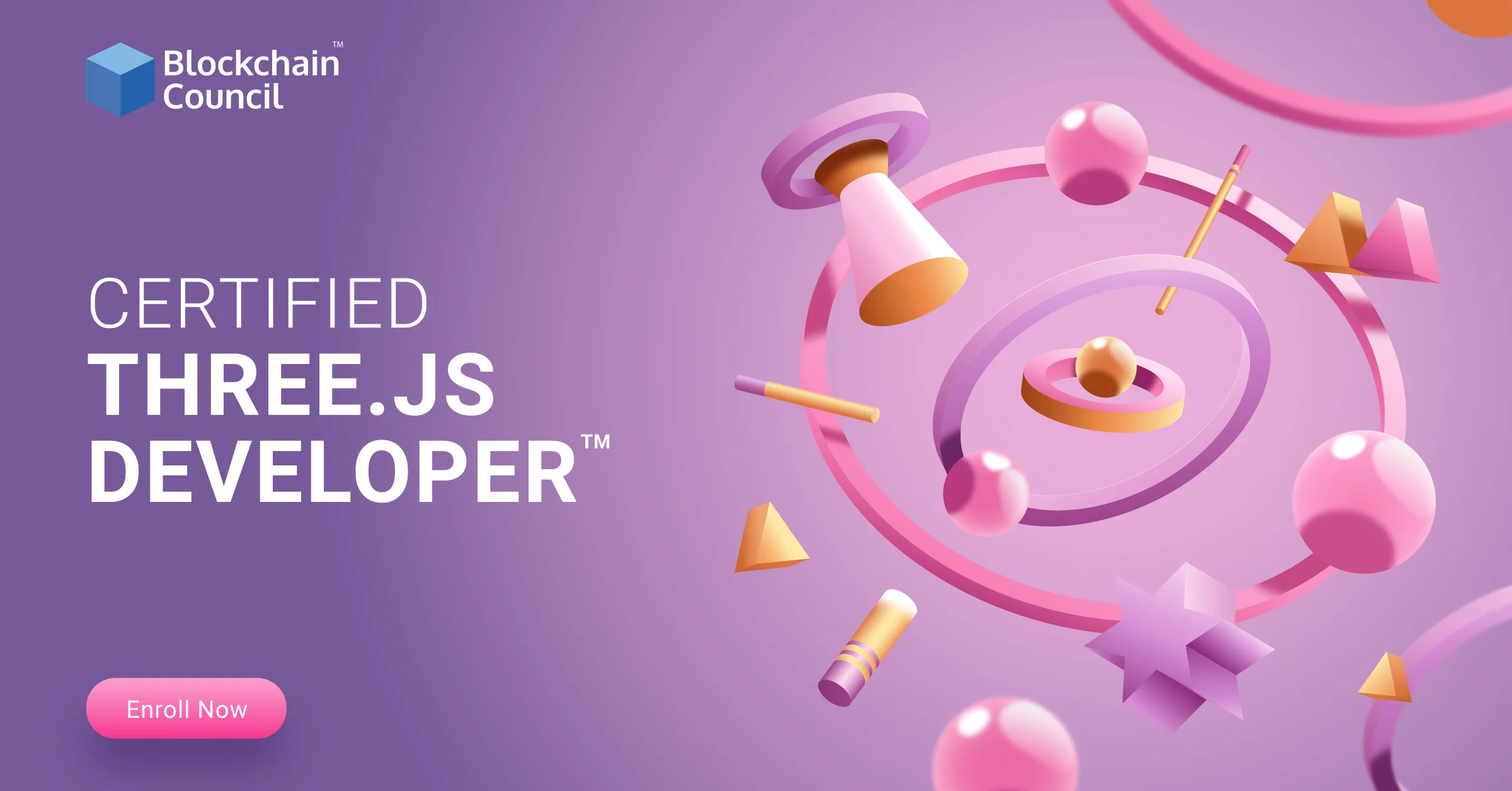
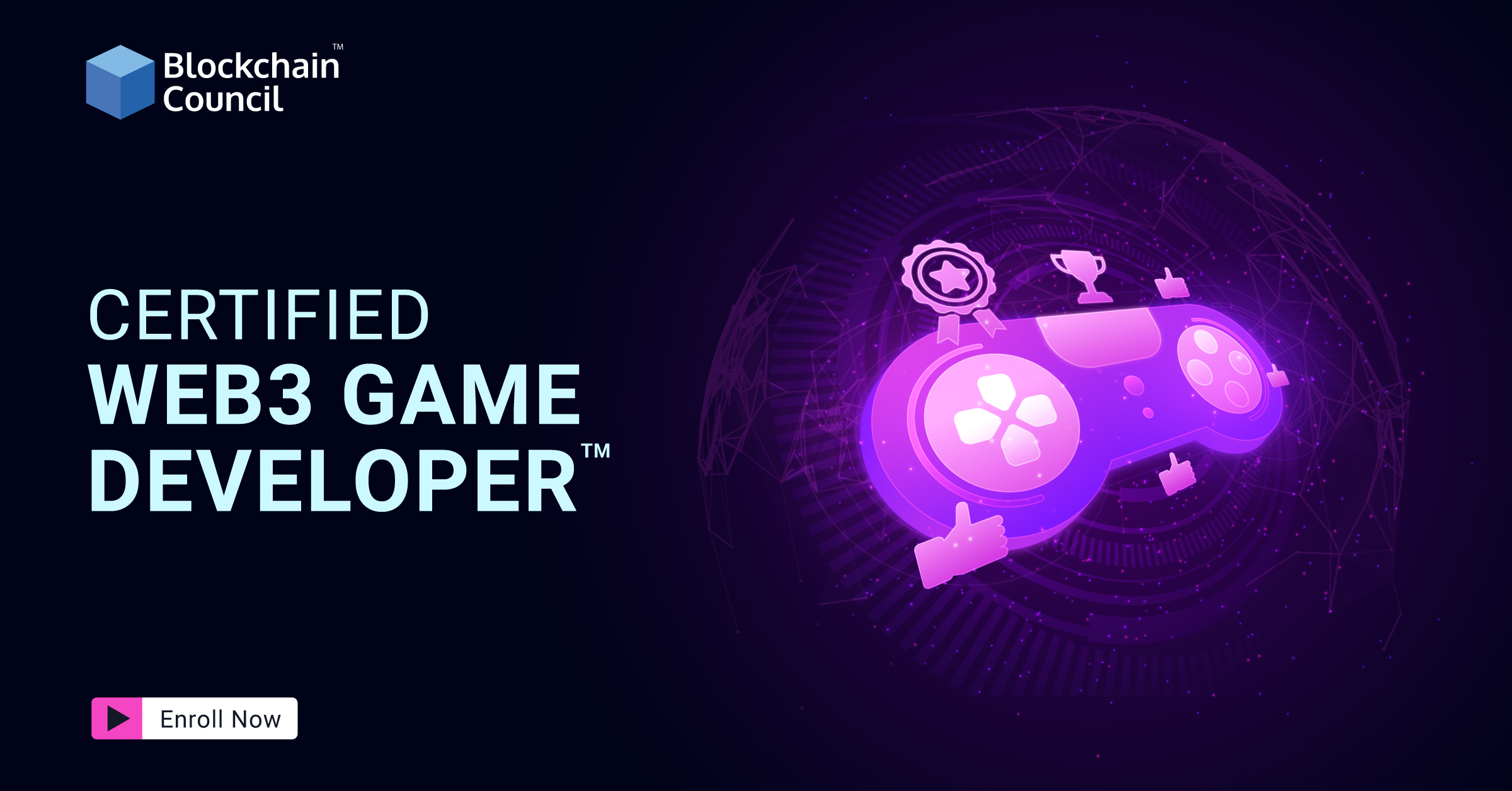
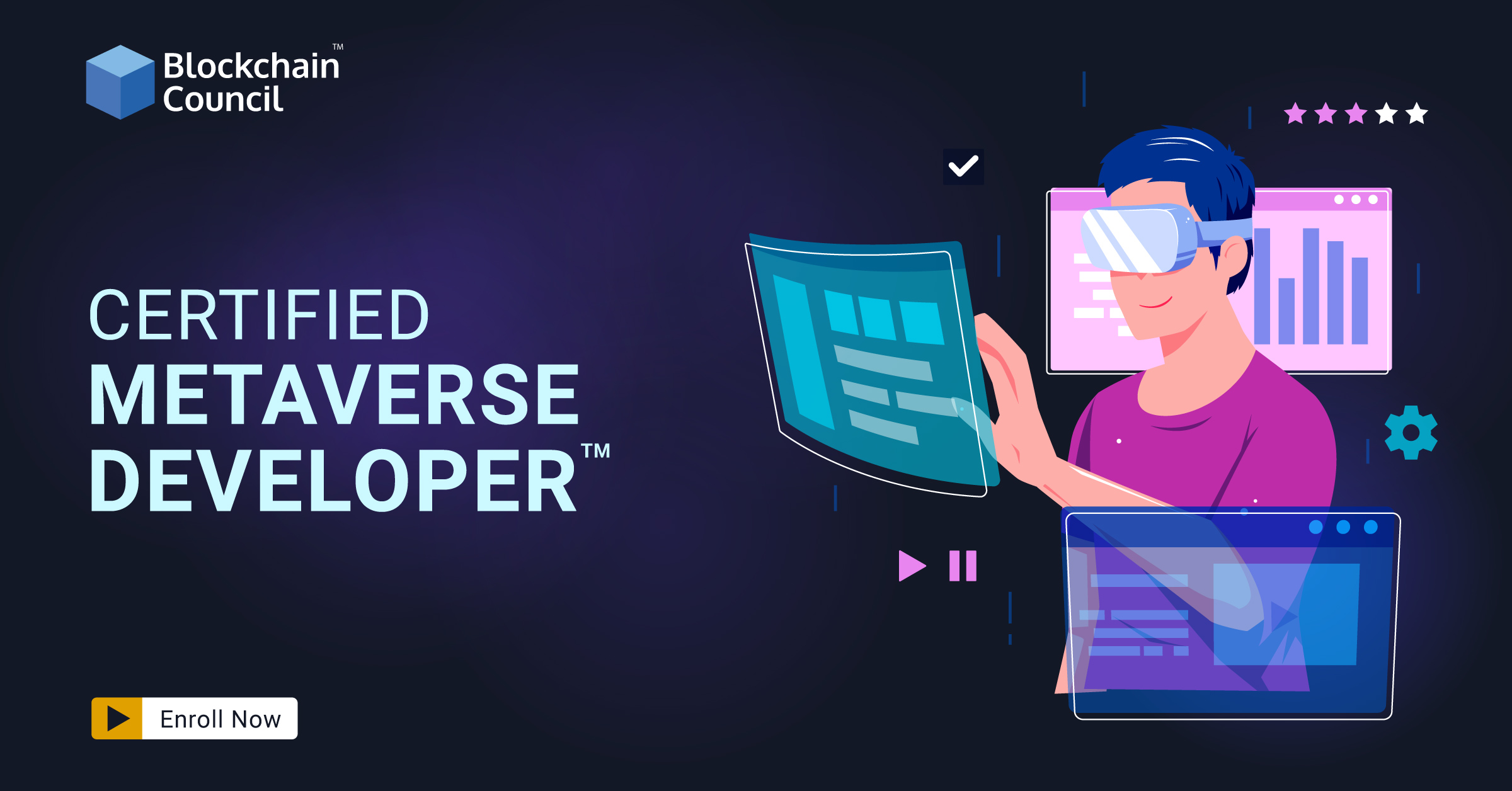
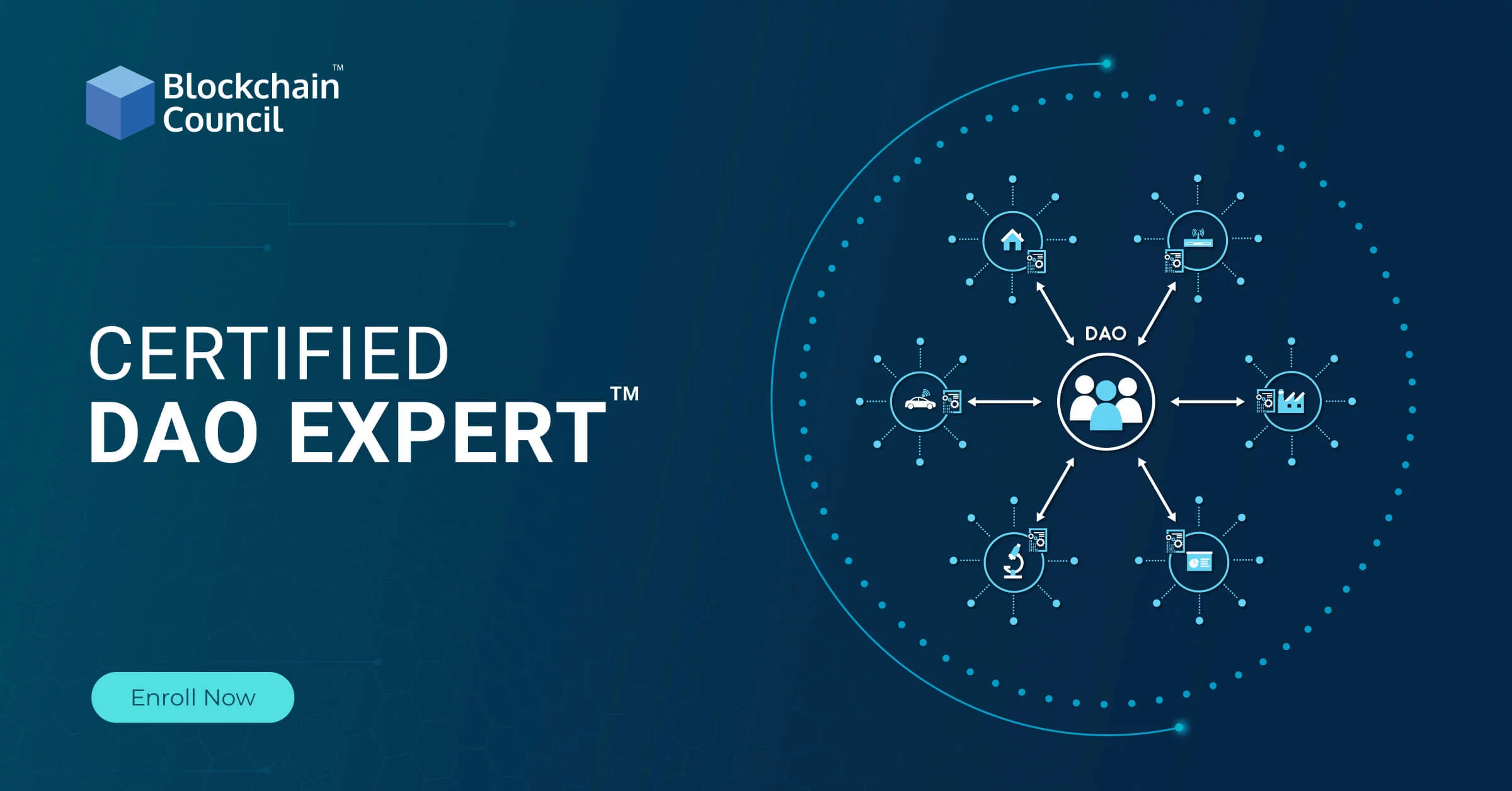
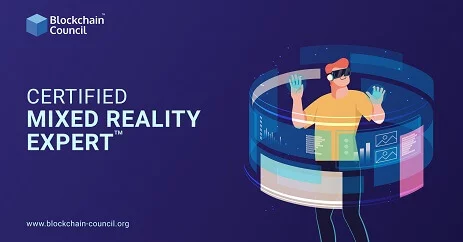
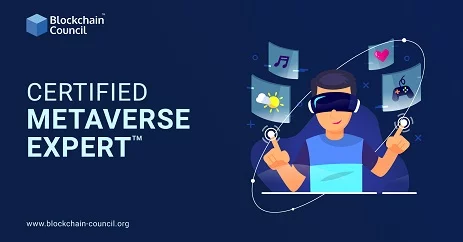
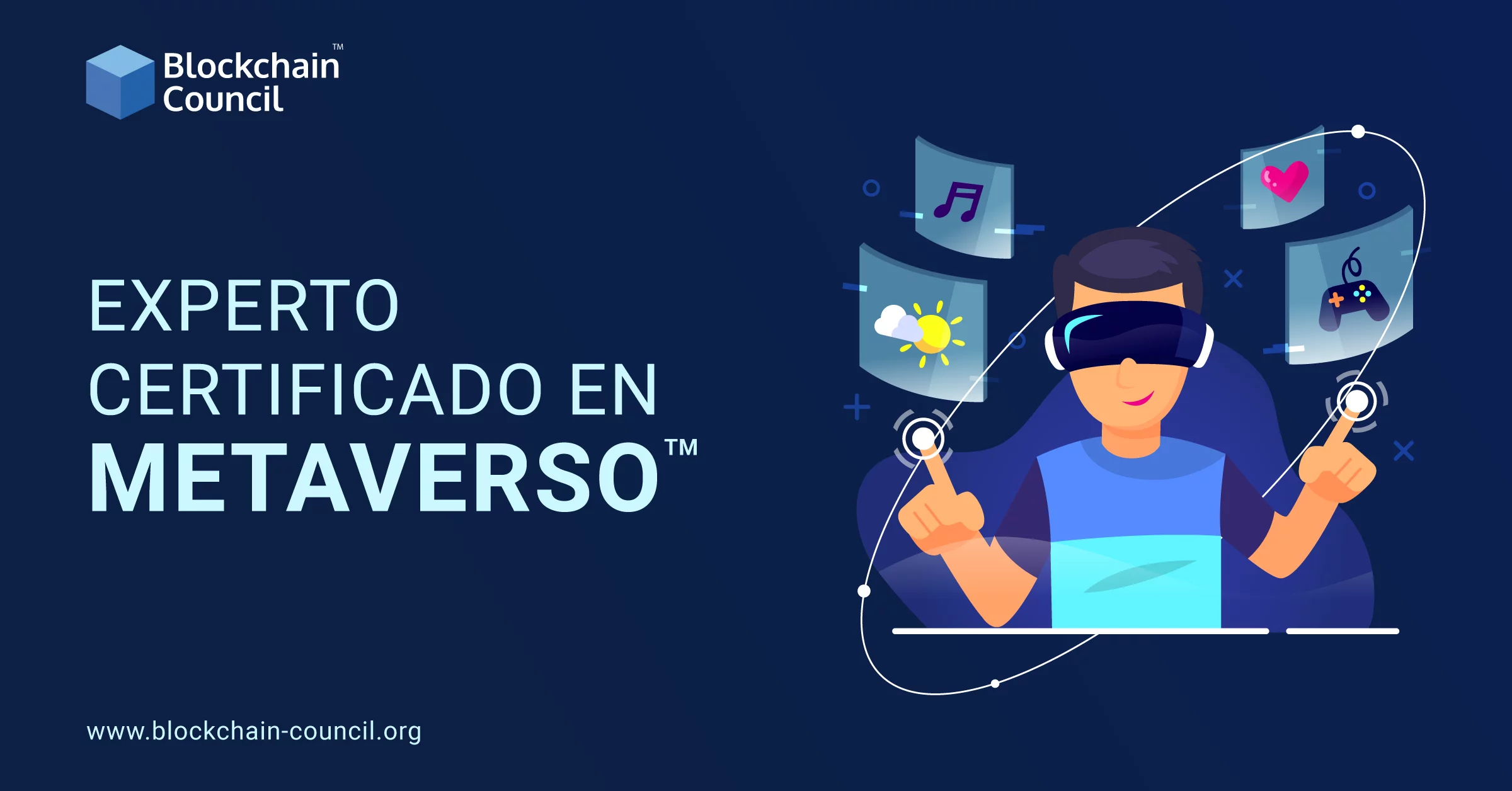
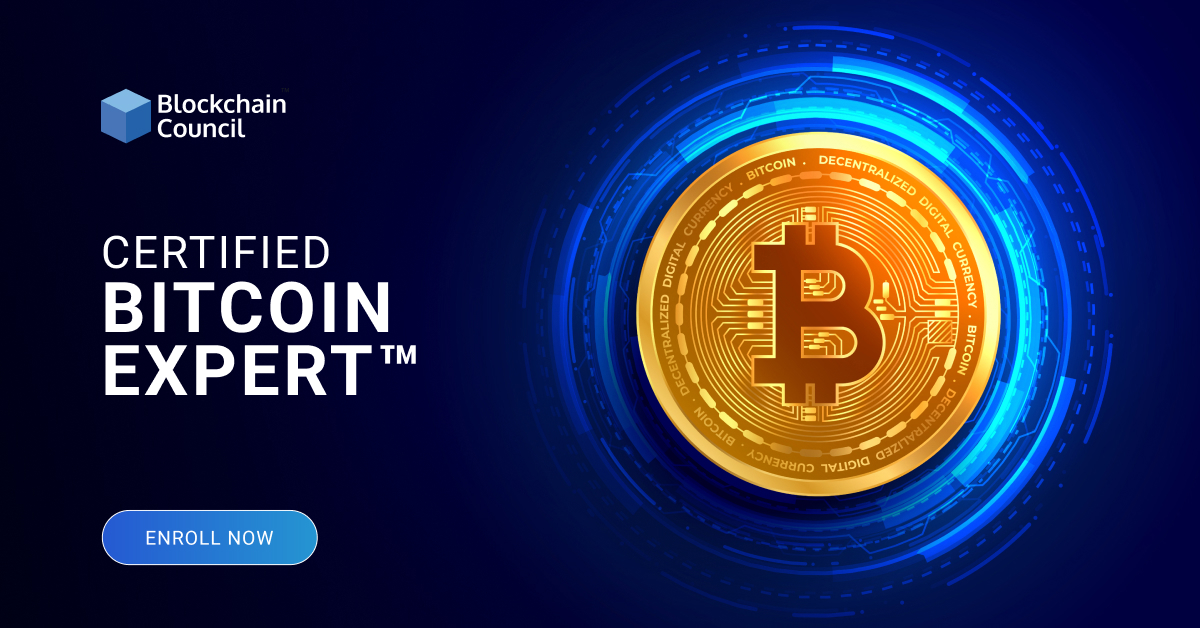
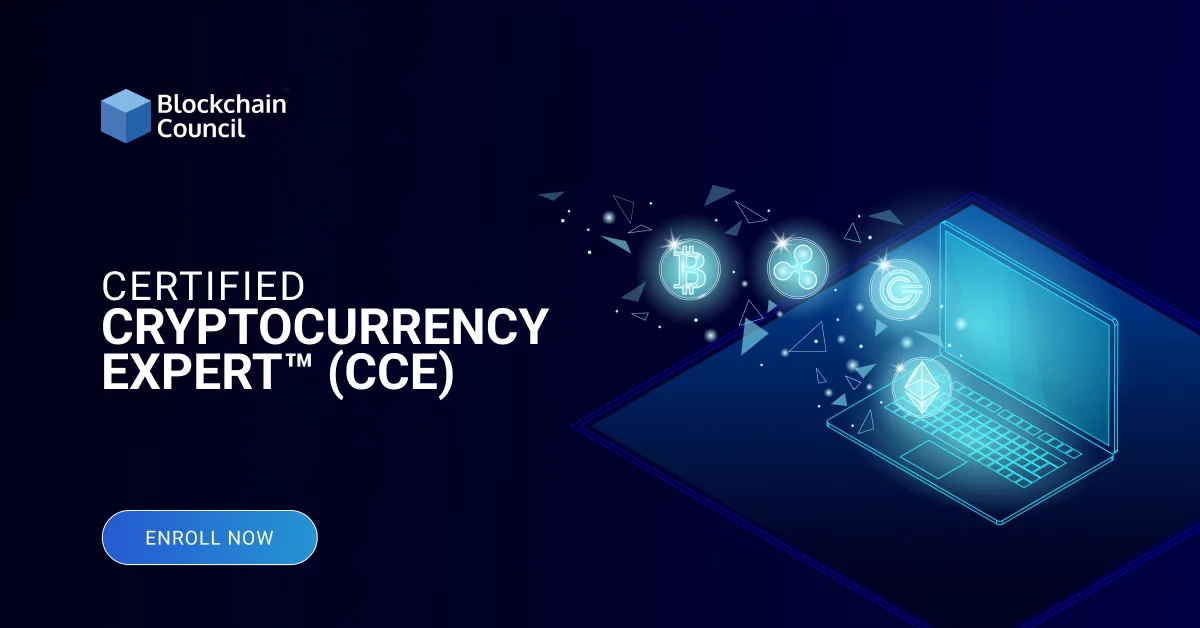

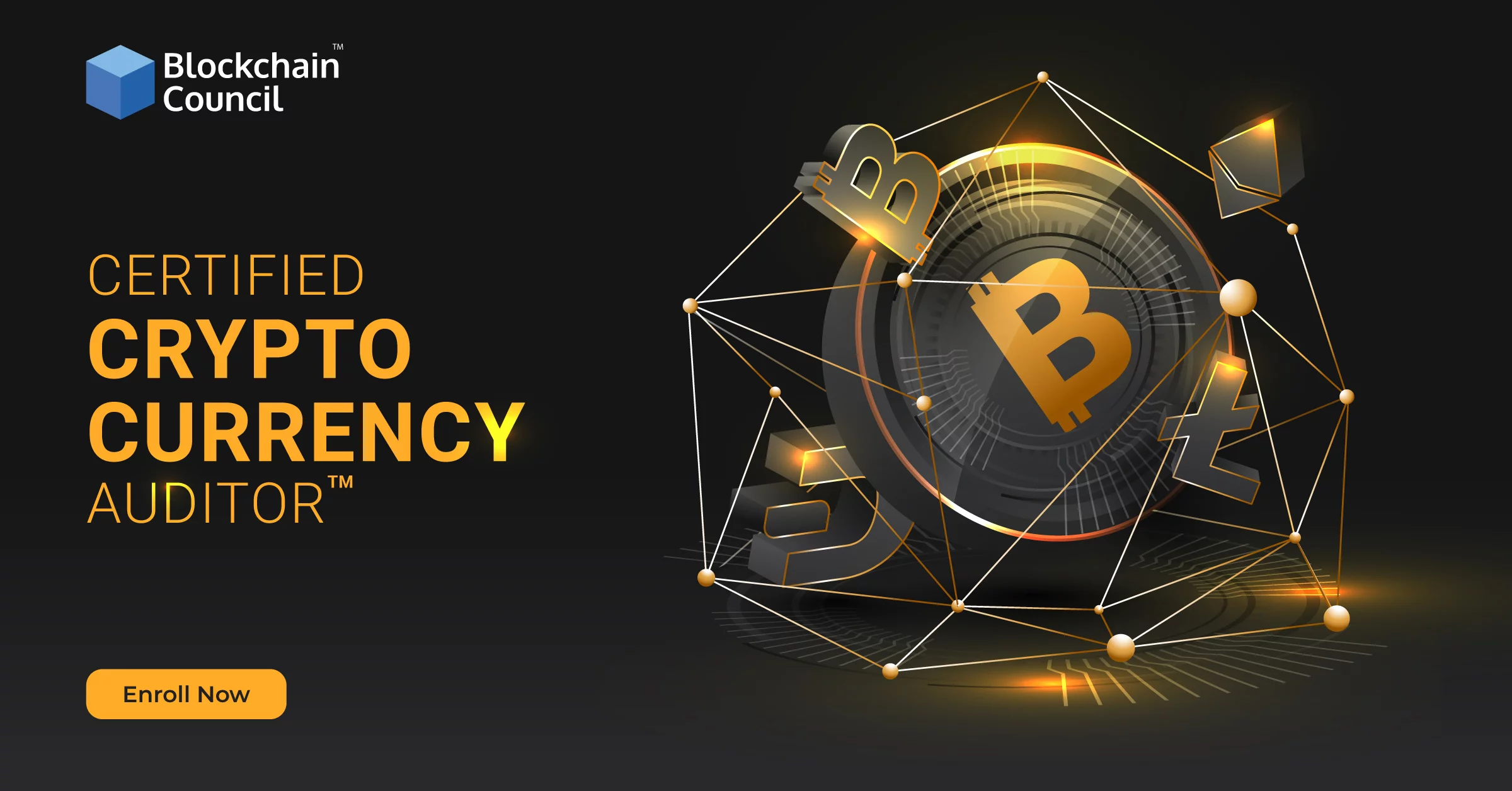
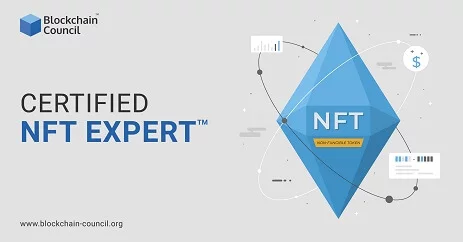
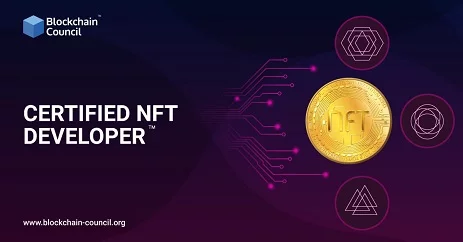
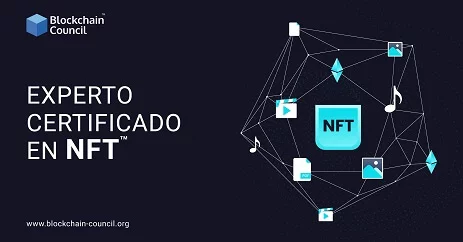
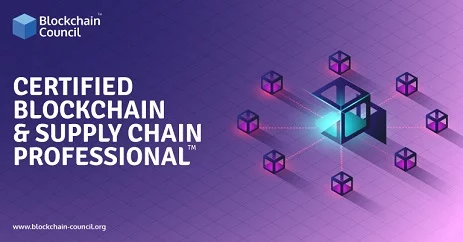
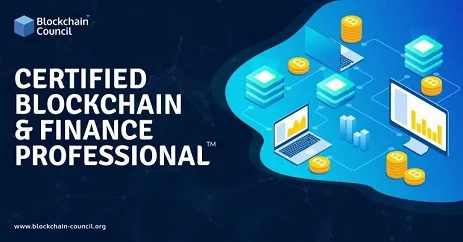
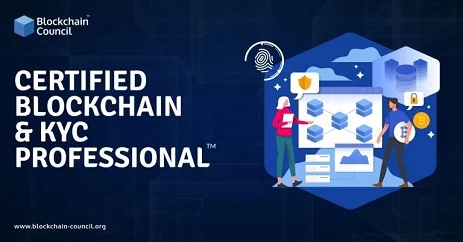
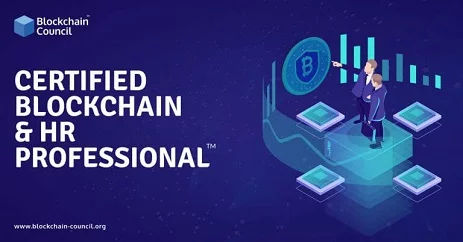
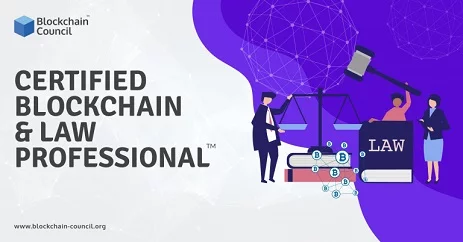
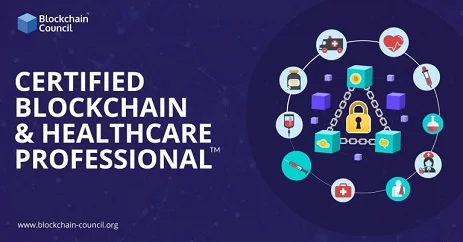
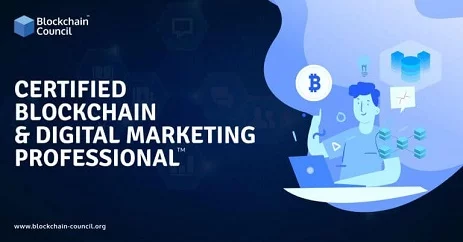




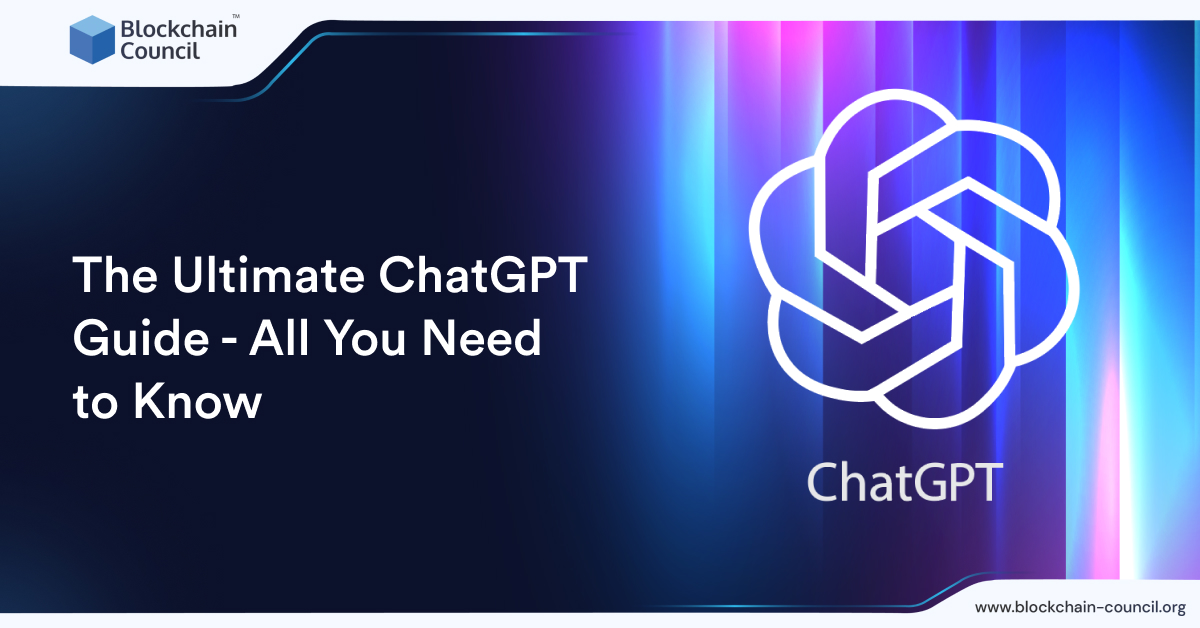
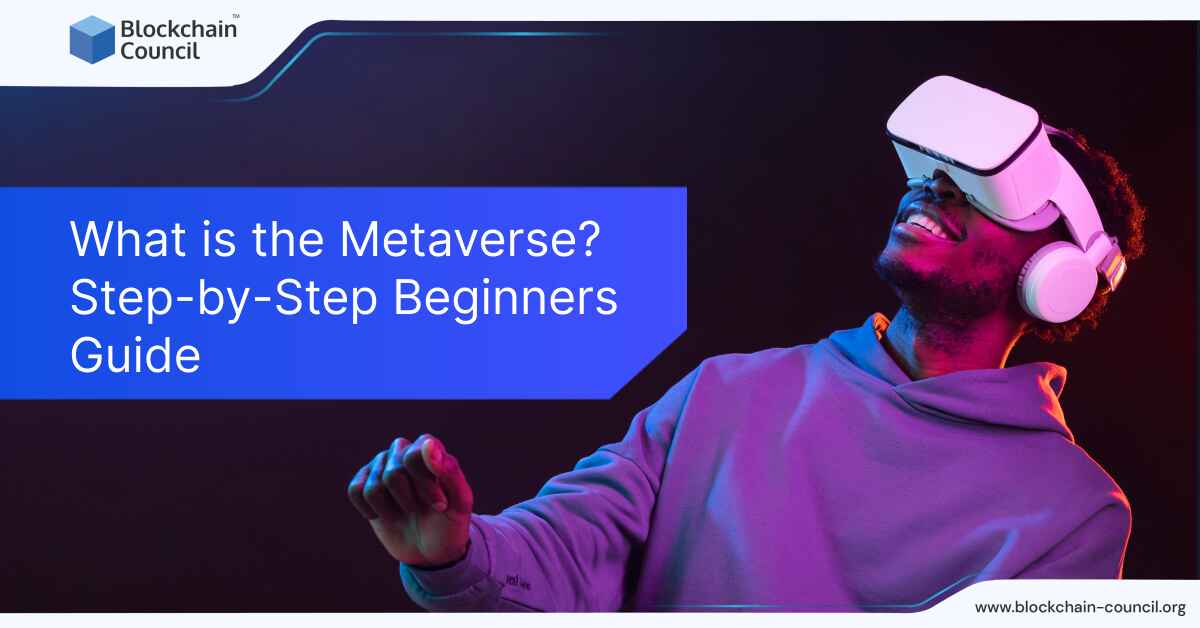
 Guides
Guides News
News Blockchain
Blockchain Cryptocurrency
& Digital Assets
Cryptocurrency
& Digital Assets Web3
Web3 Metaverse & NFTs
Metaverse & NFTs
